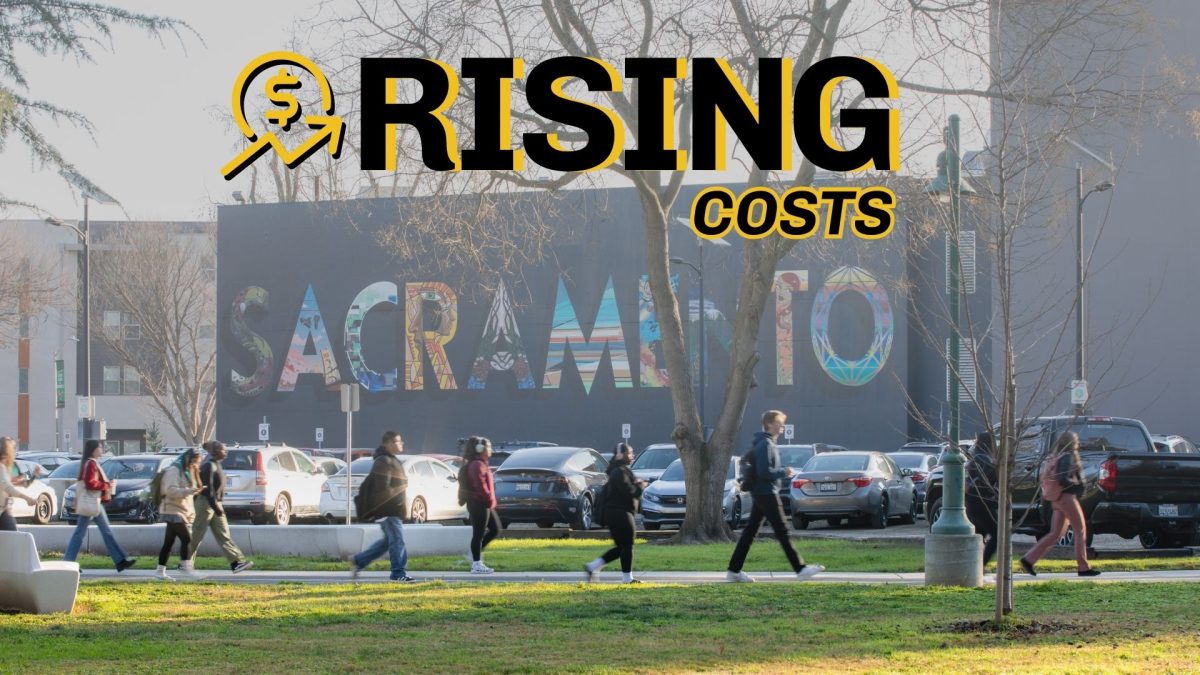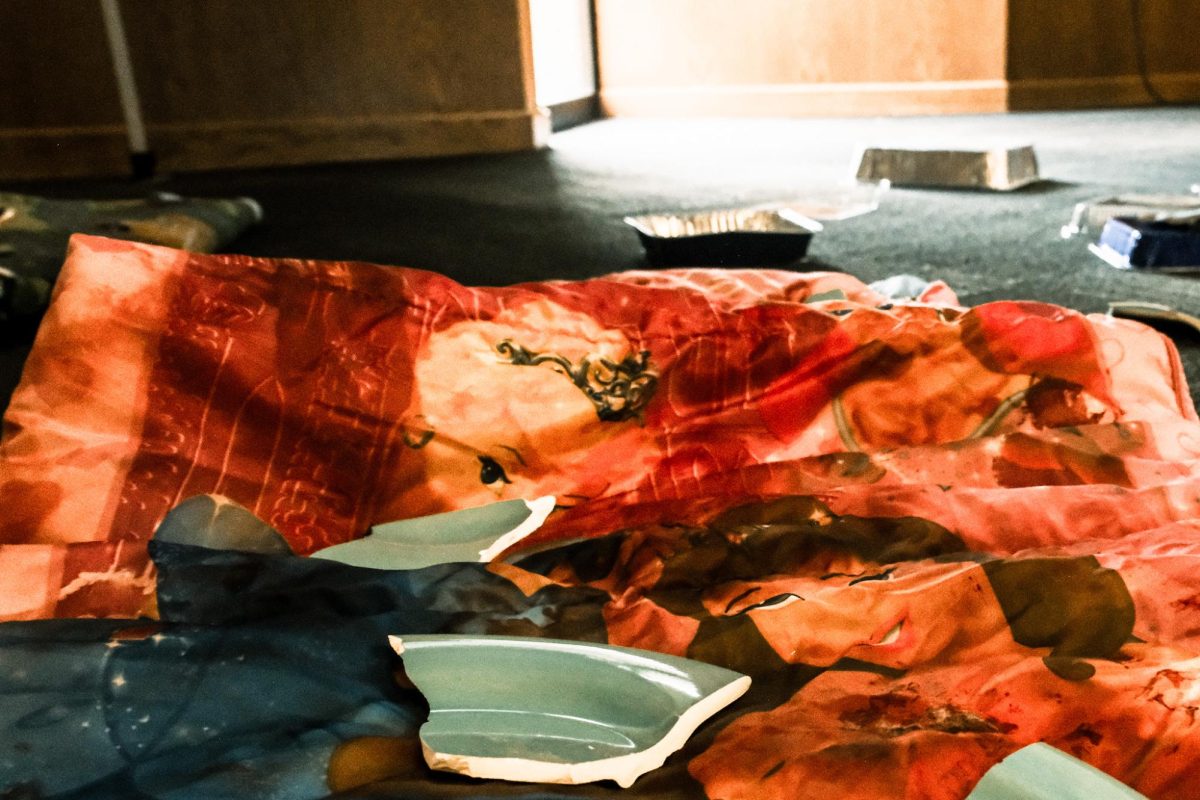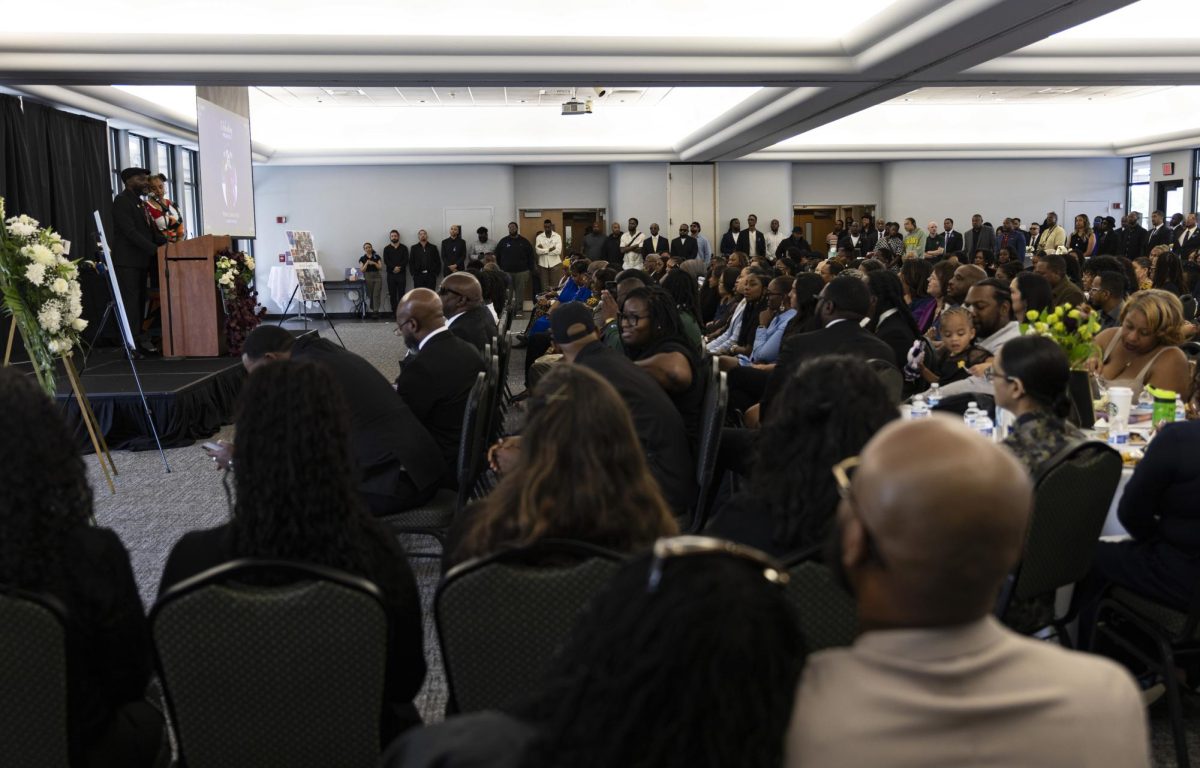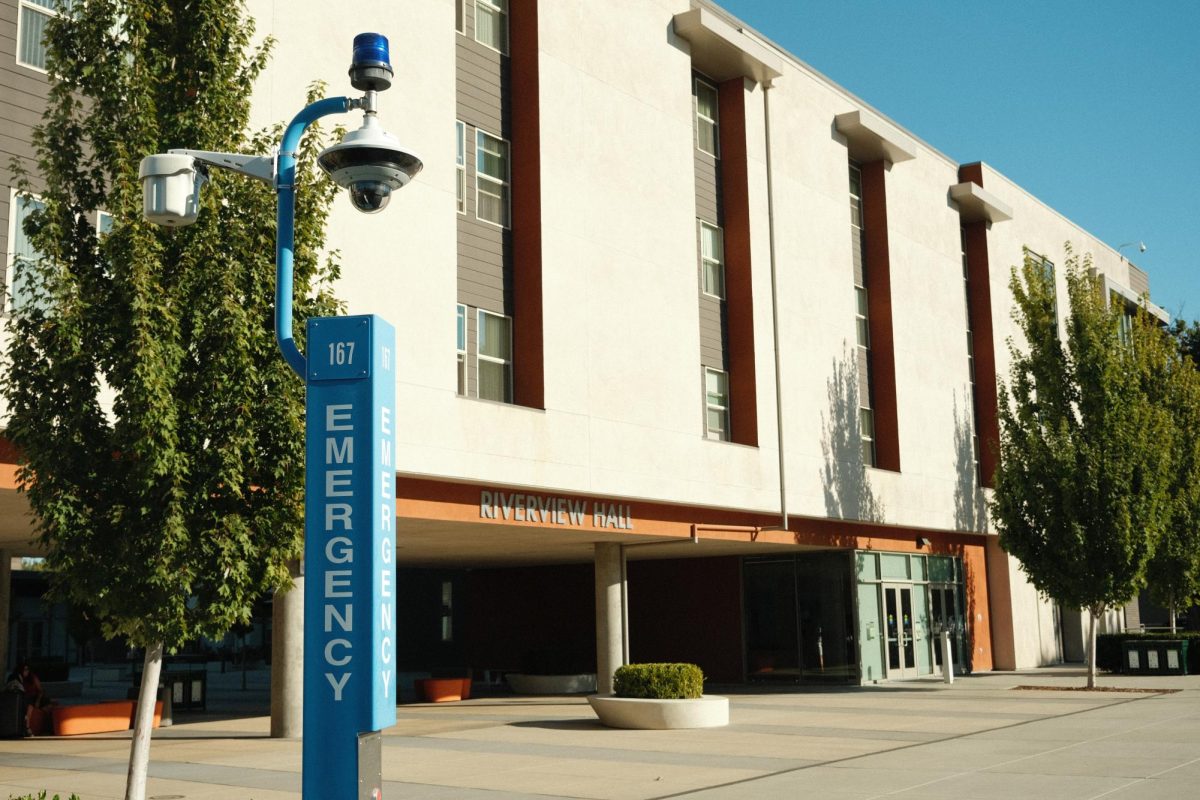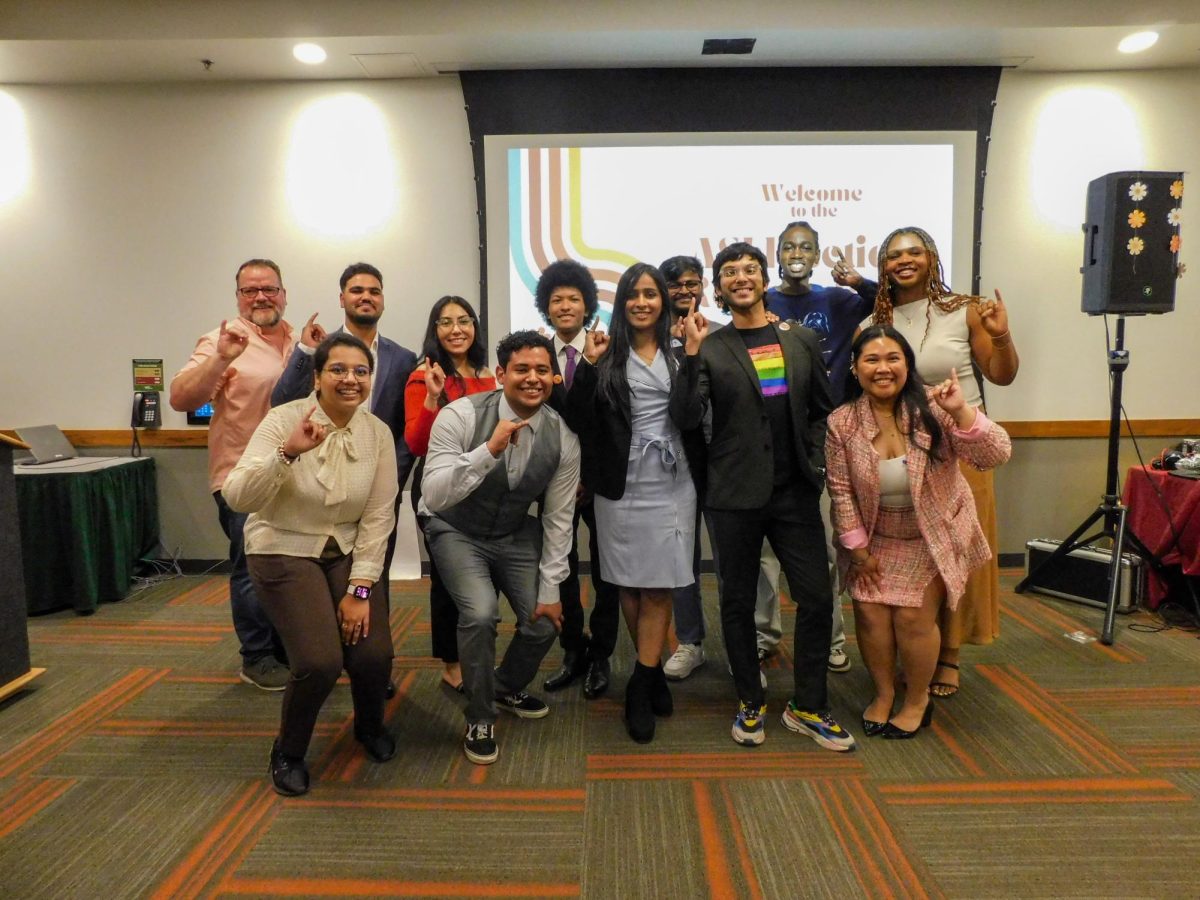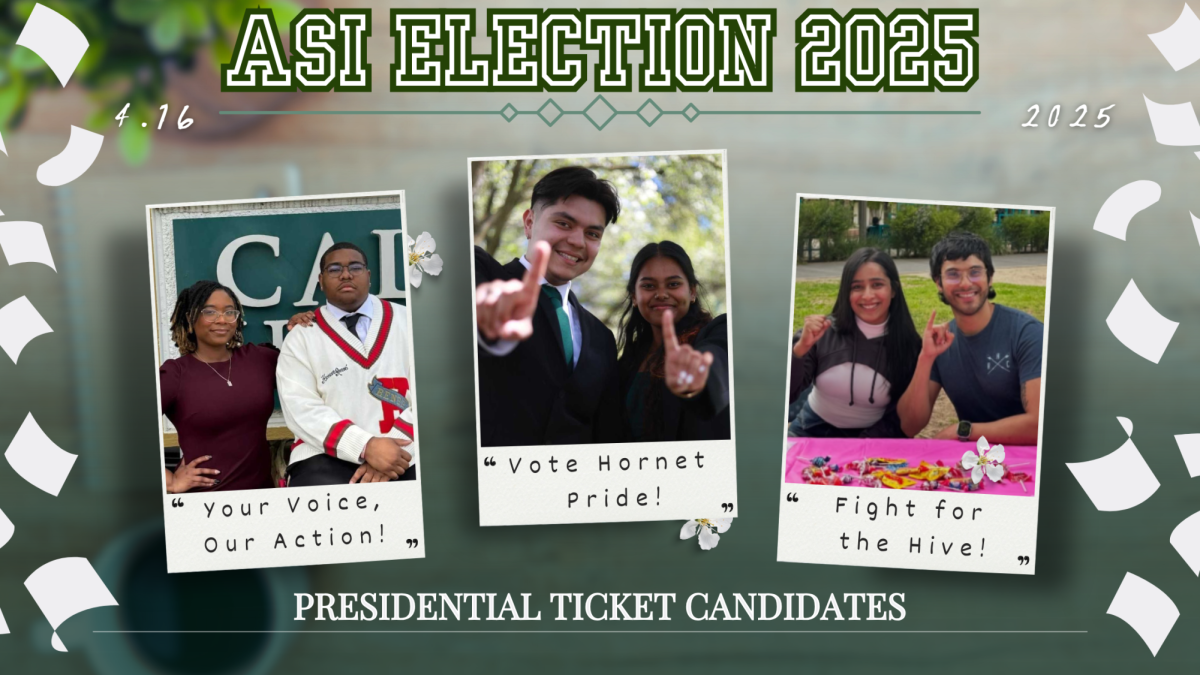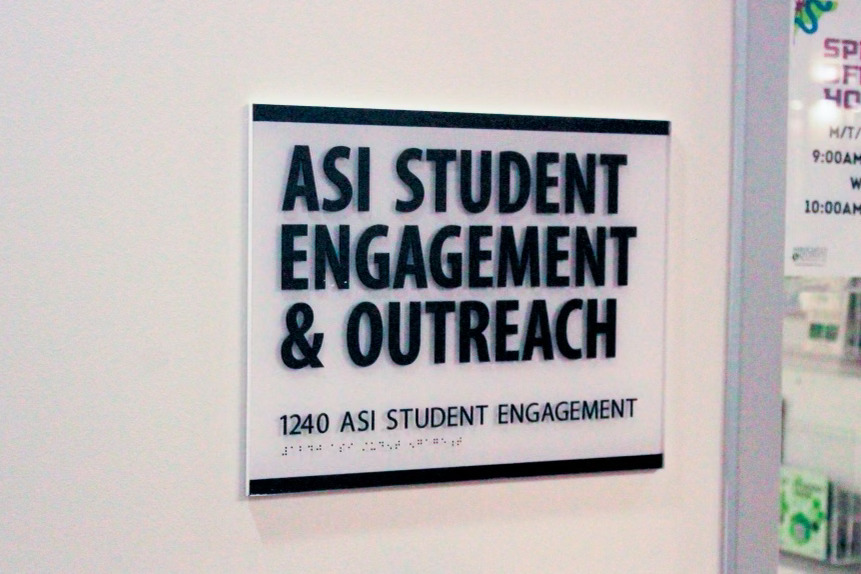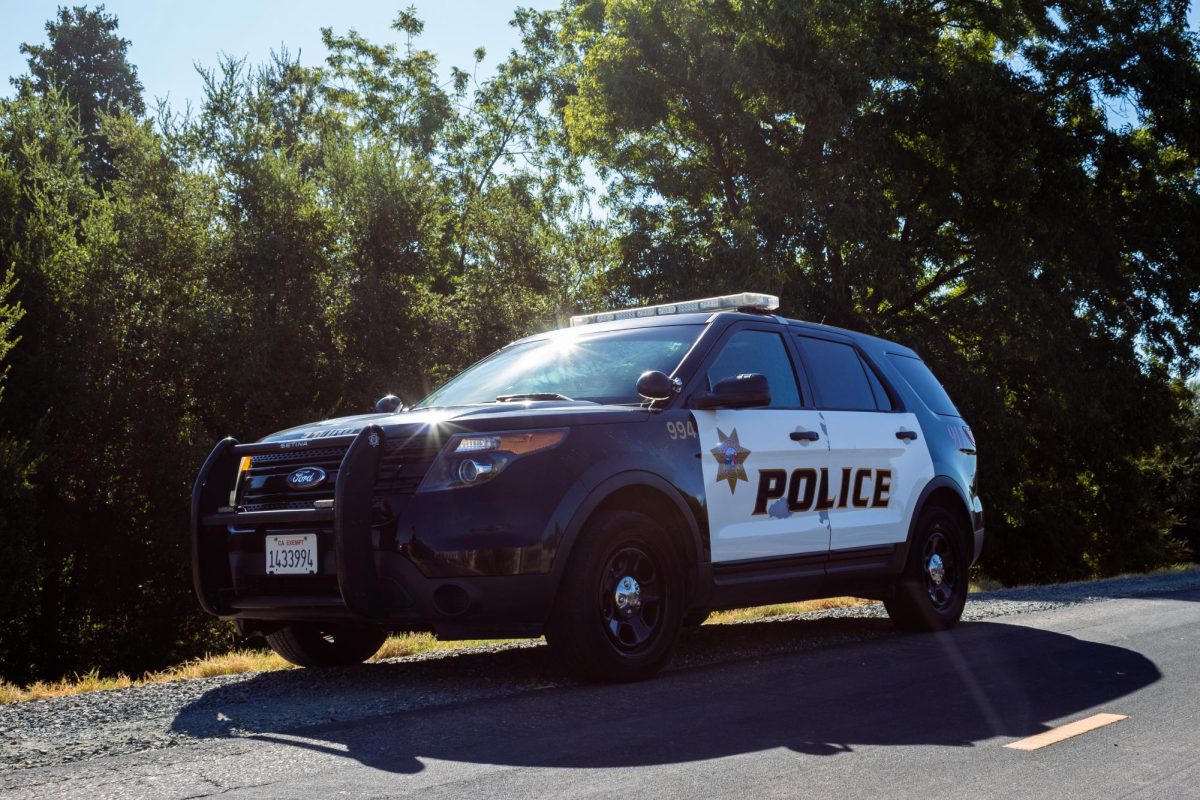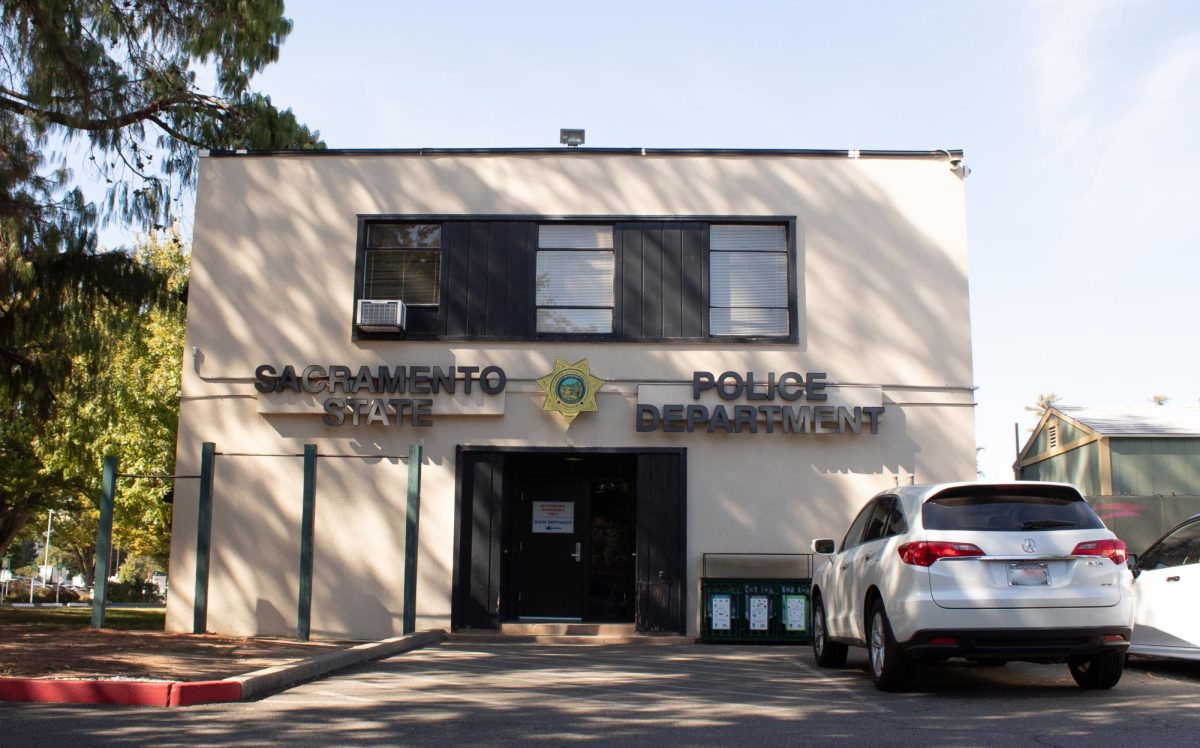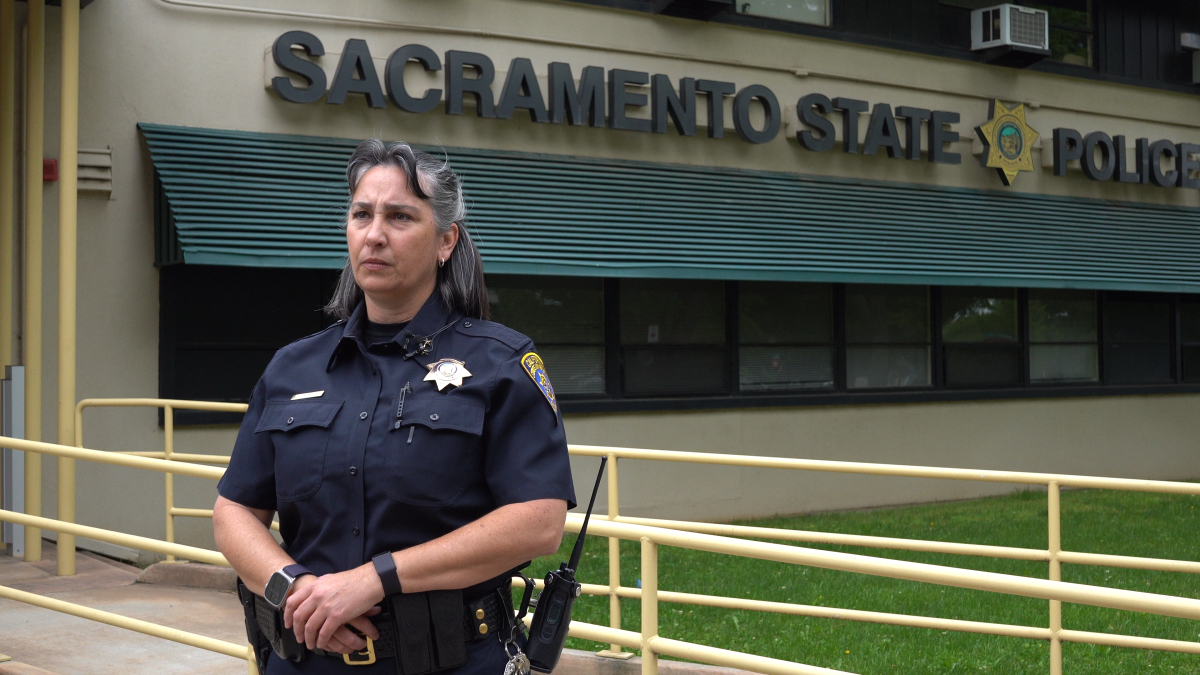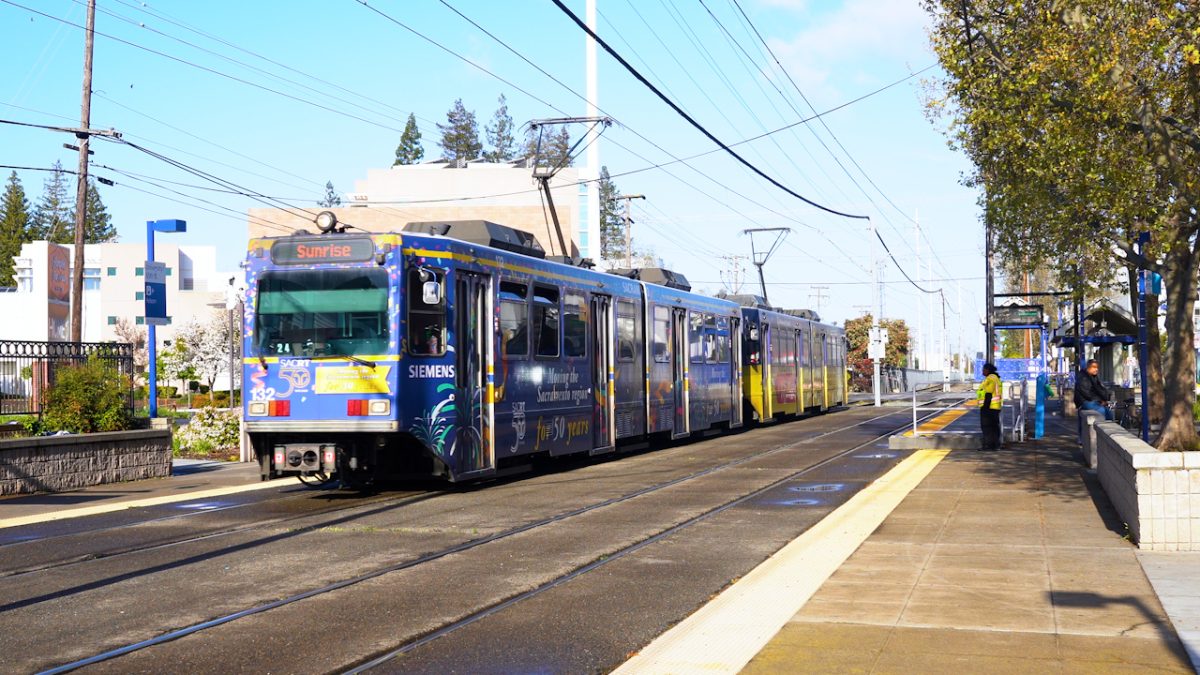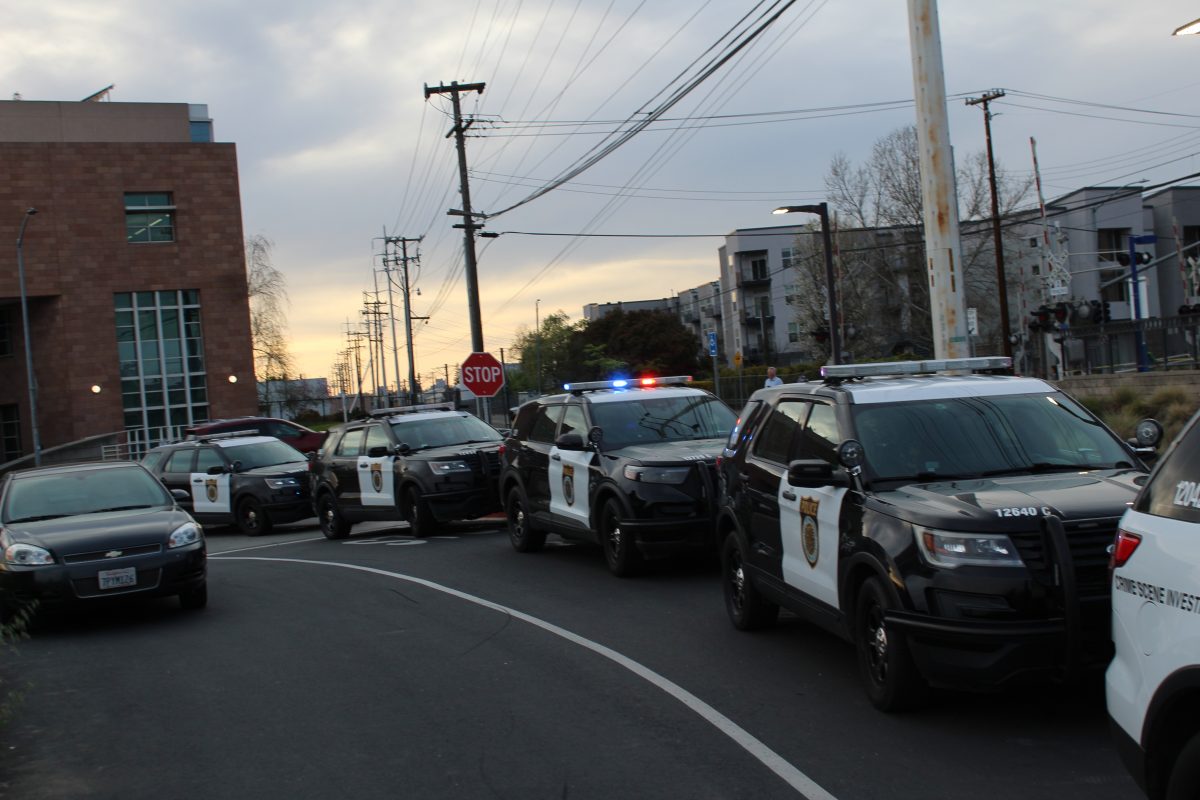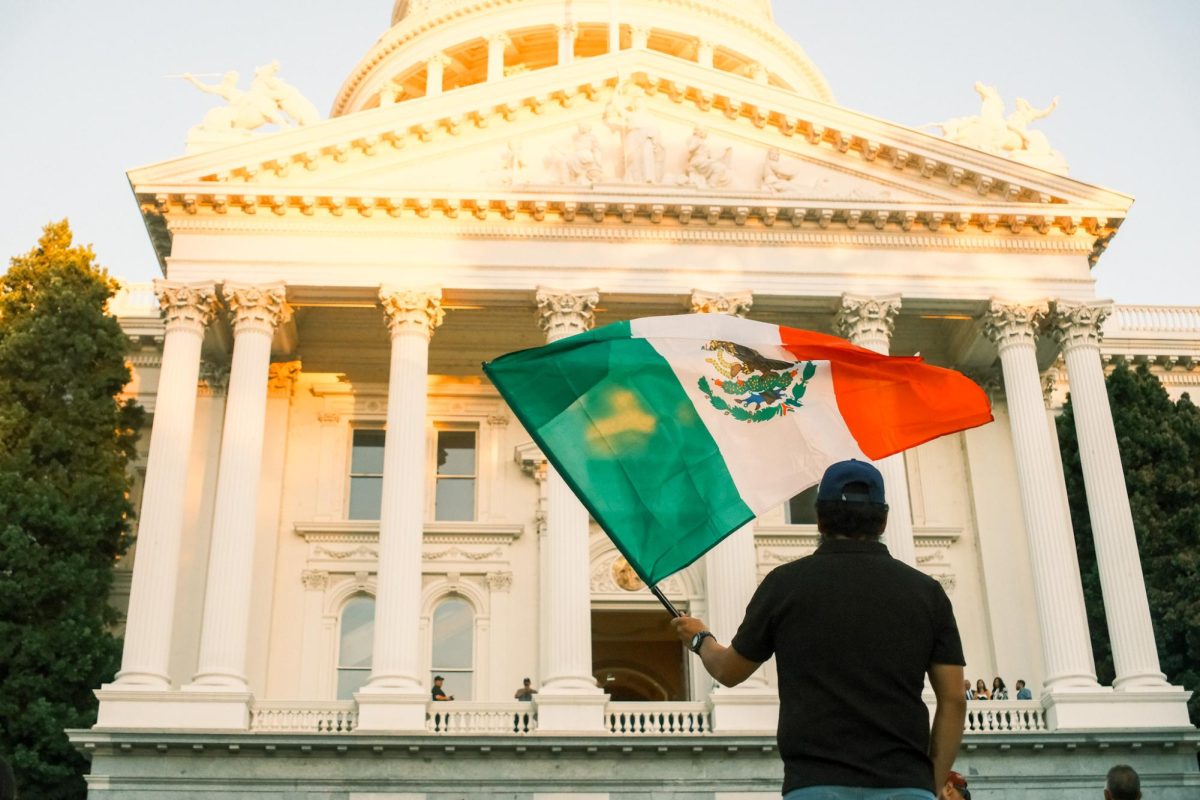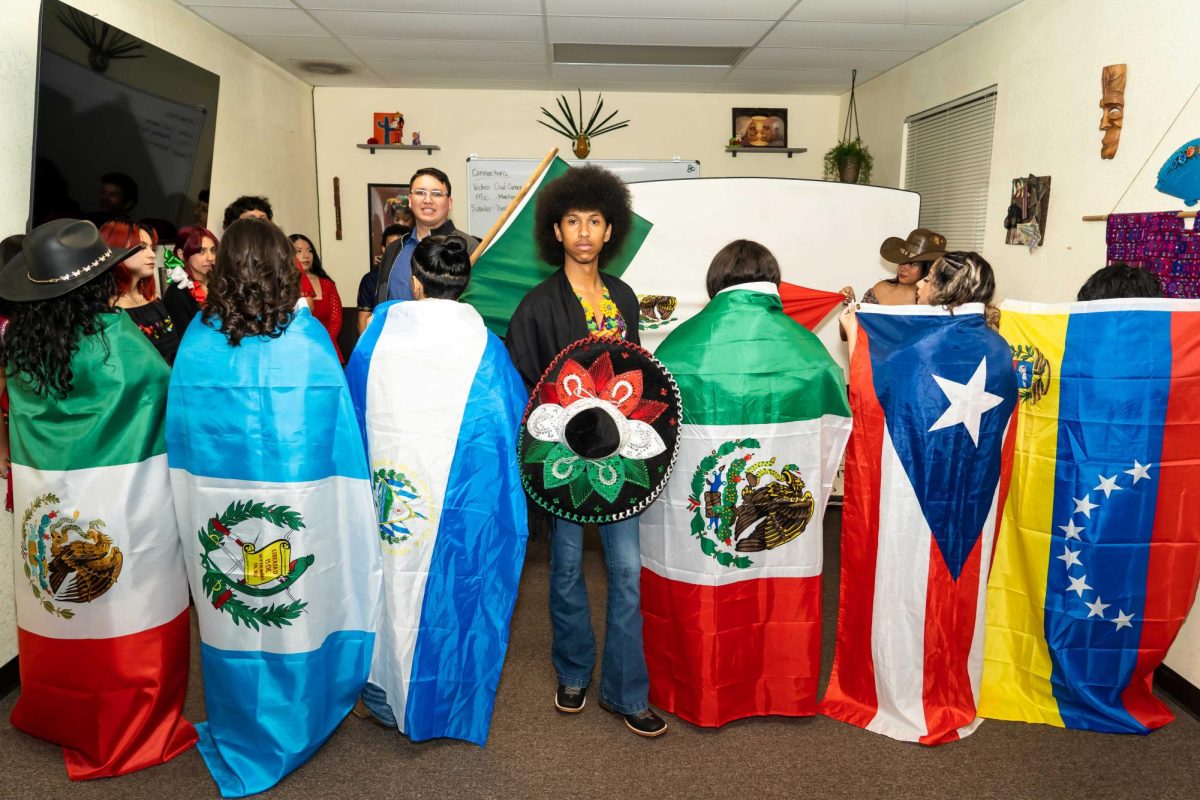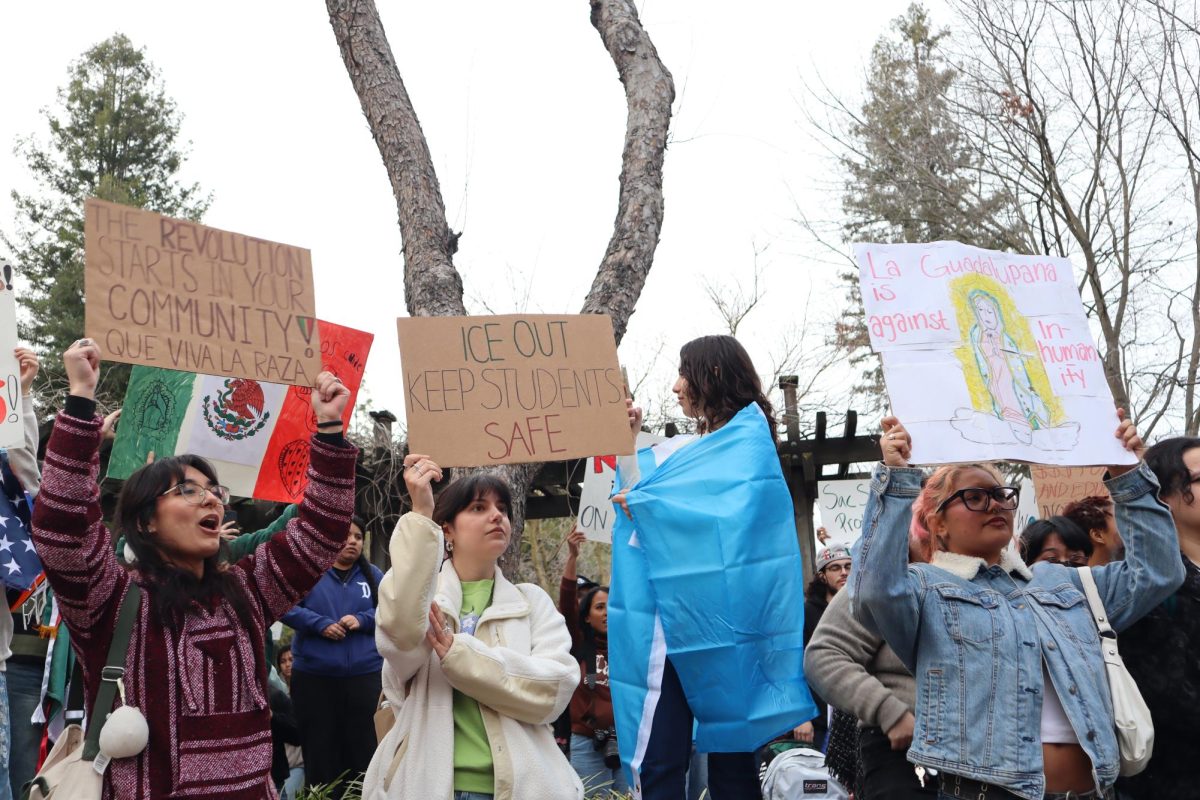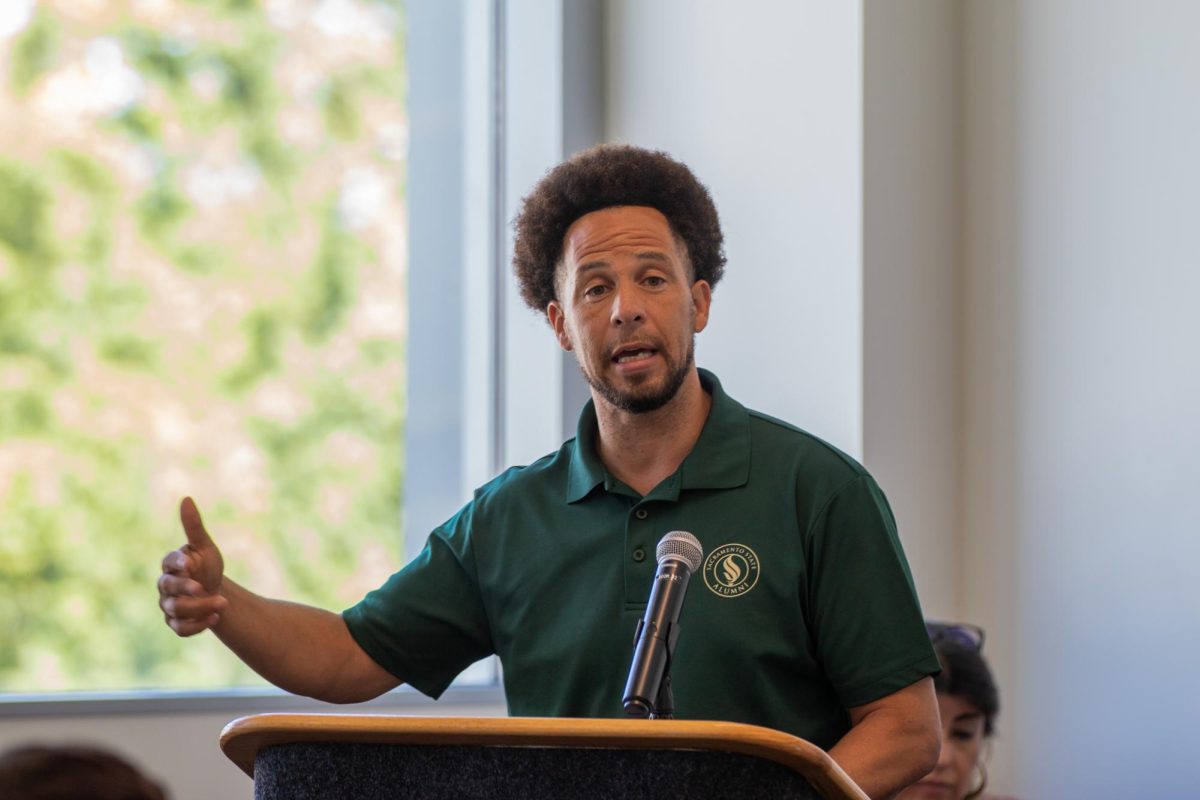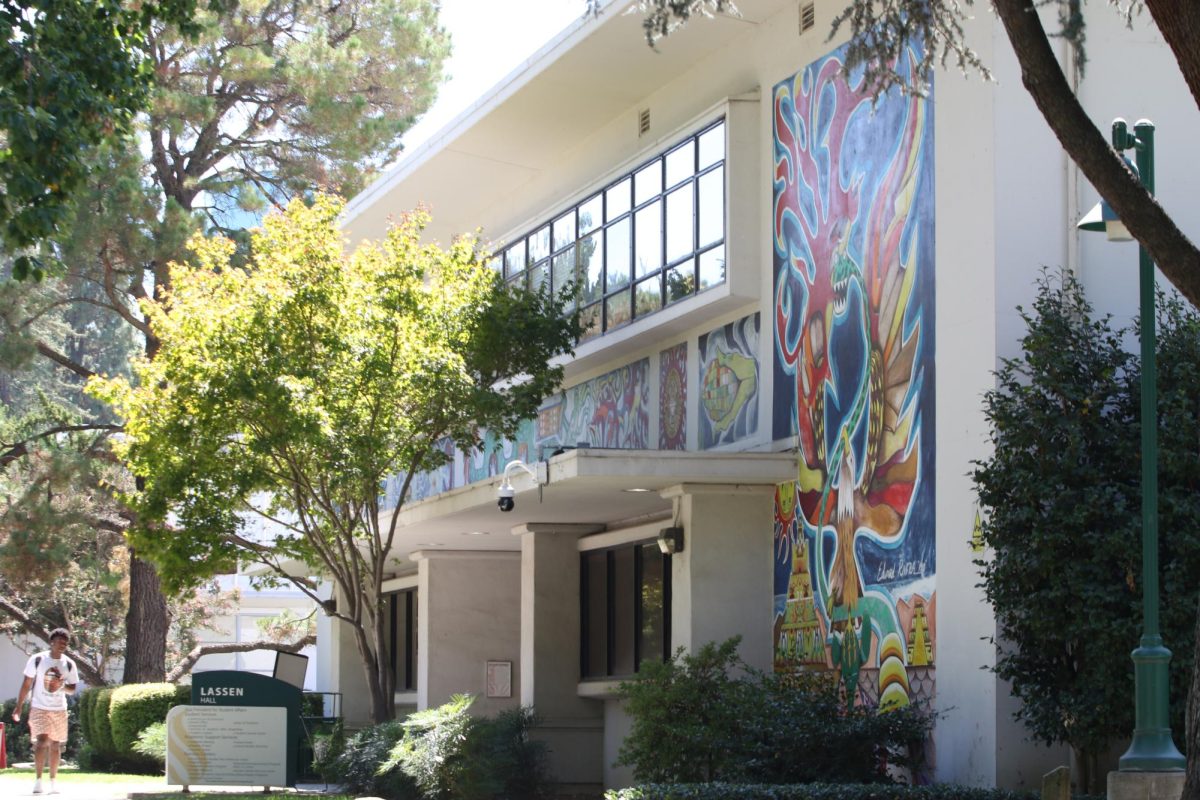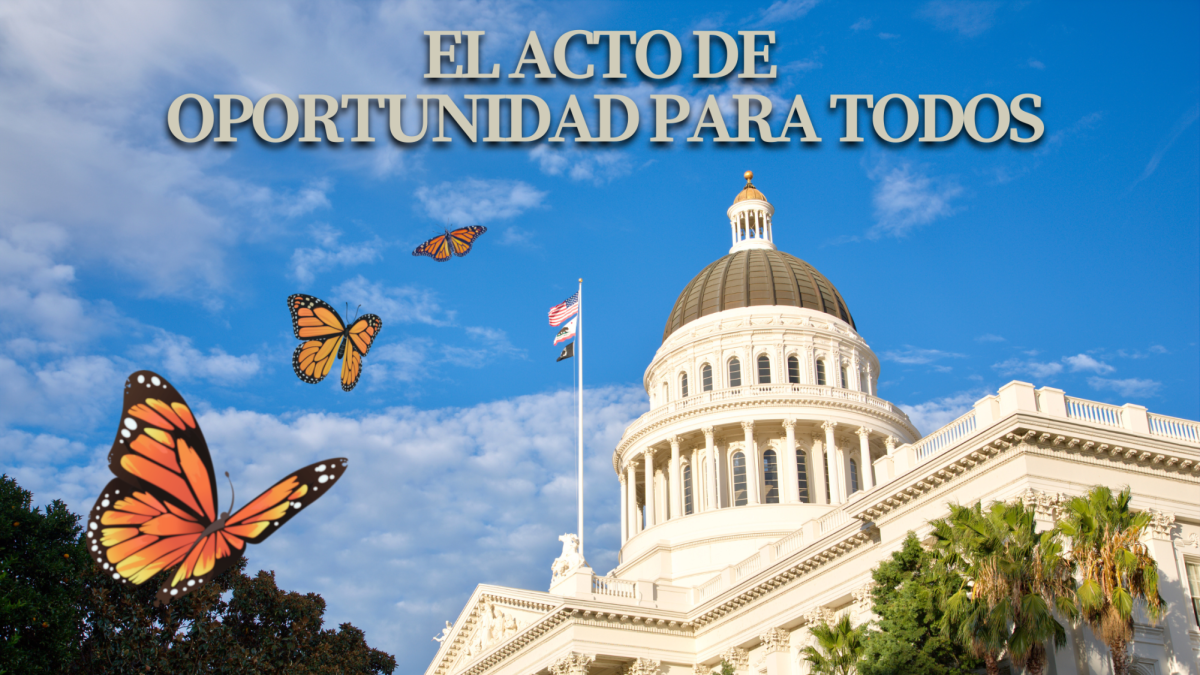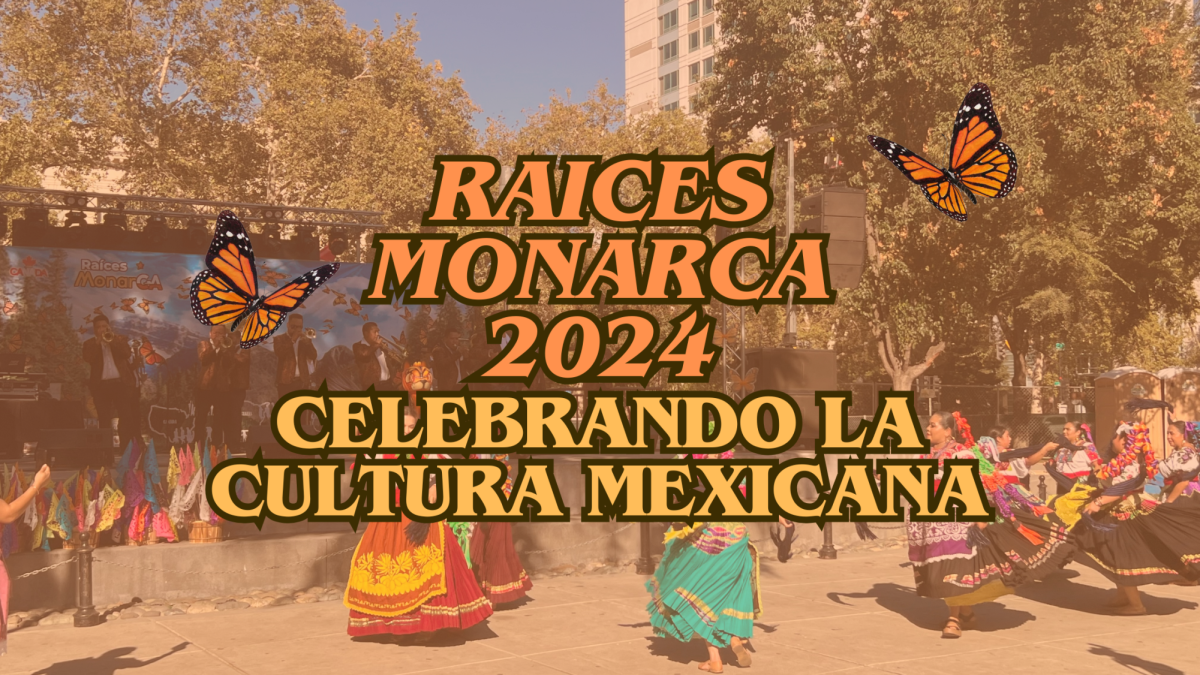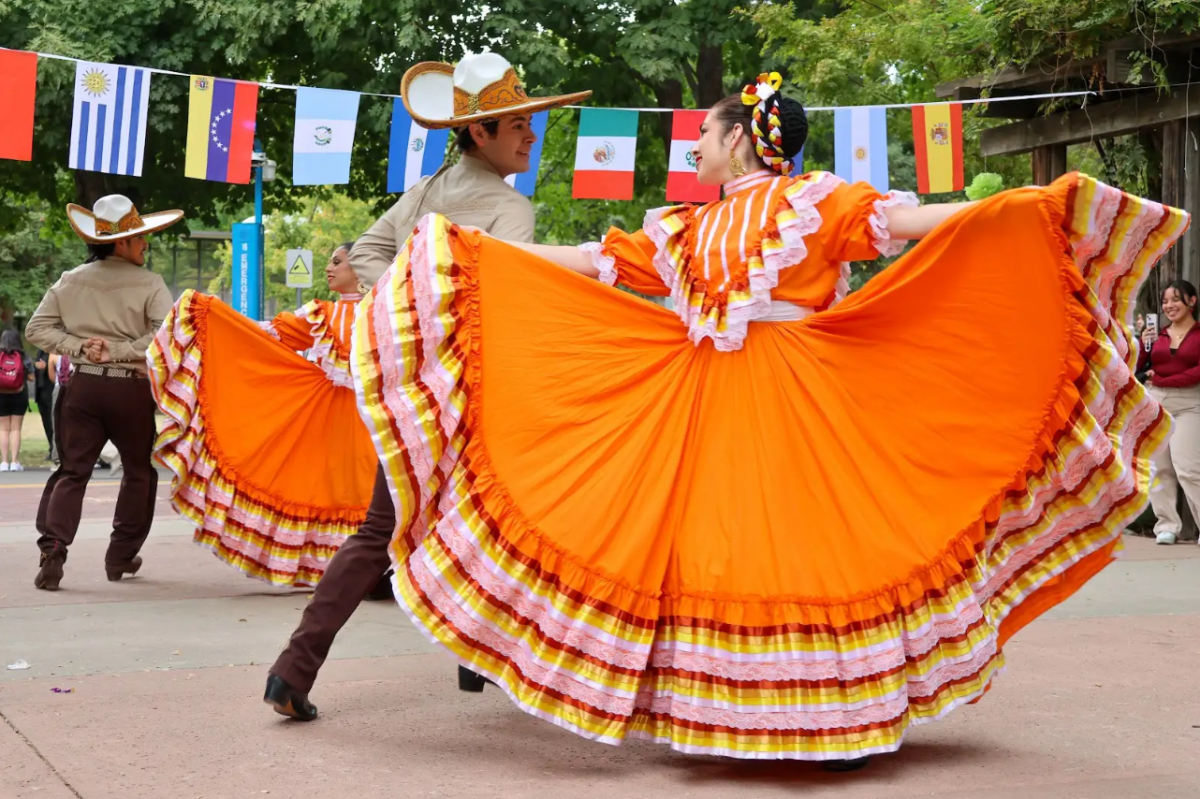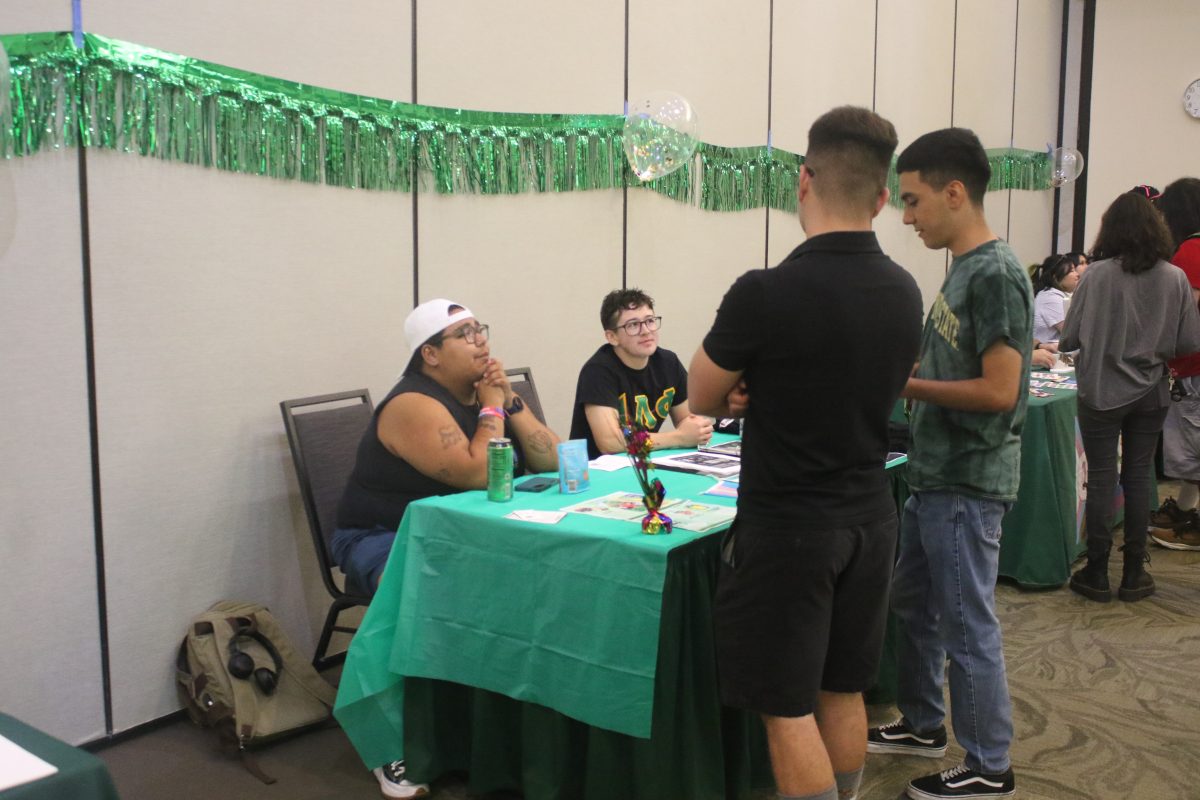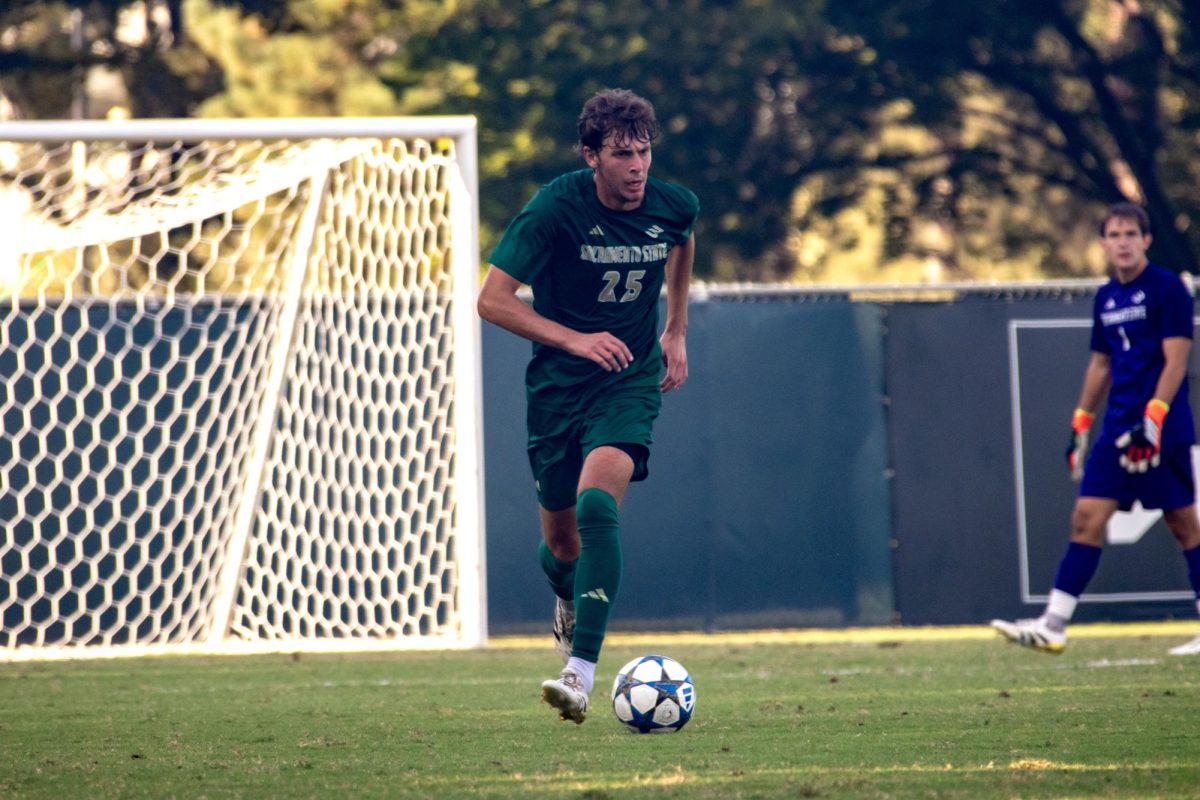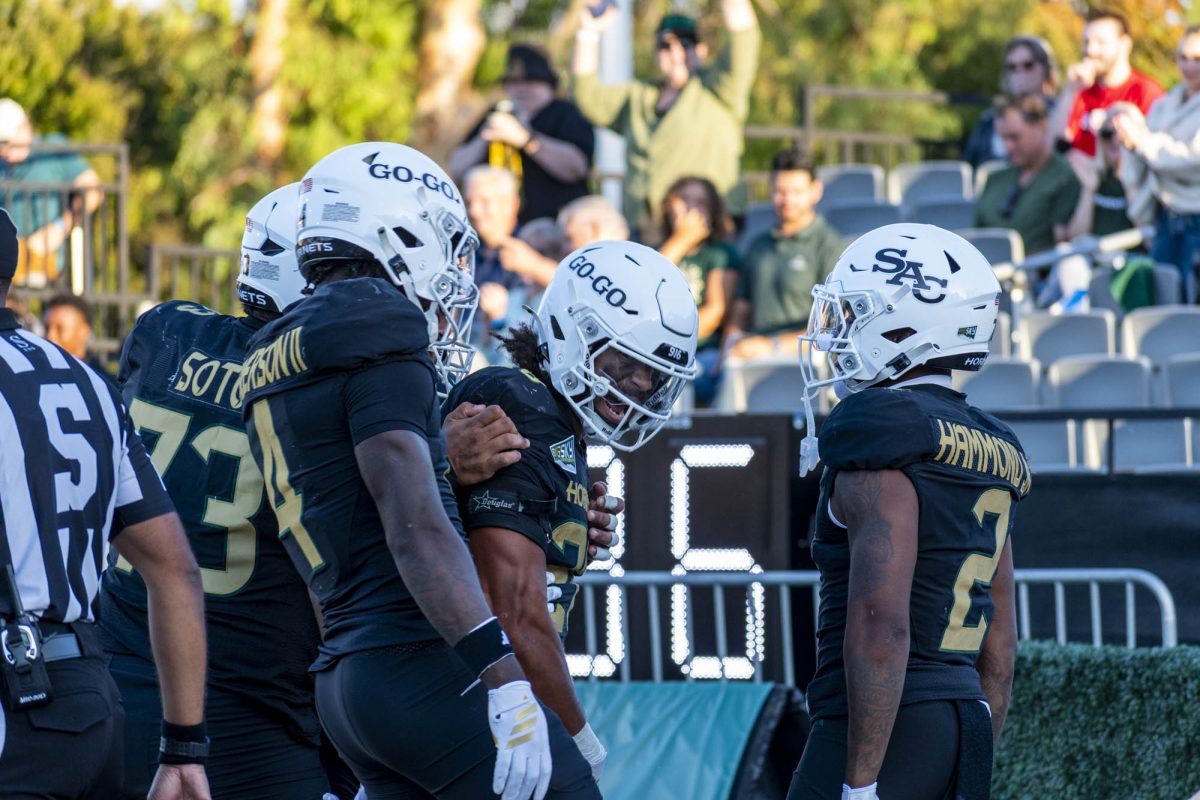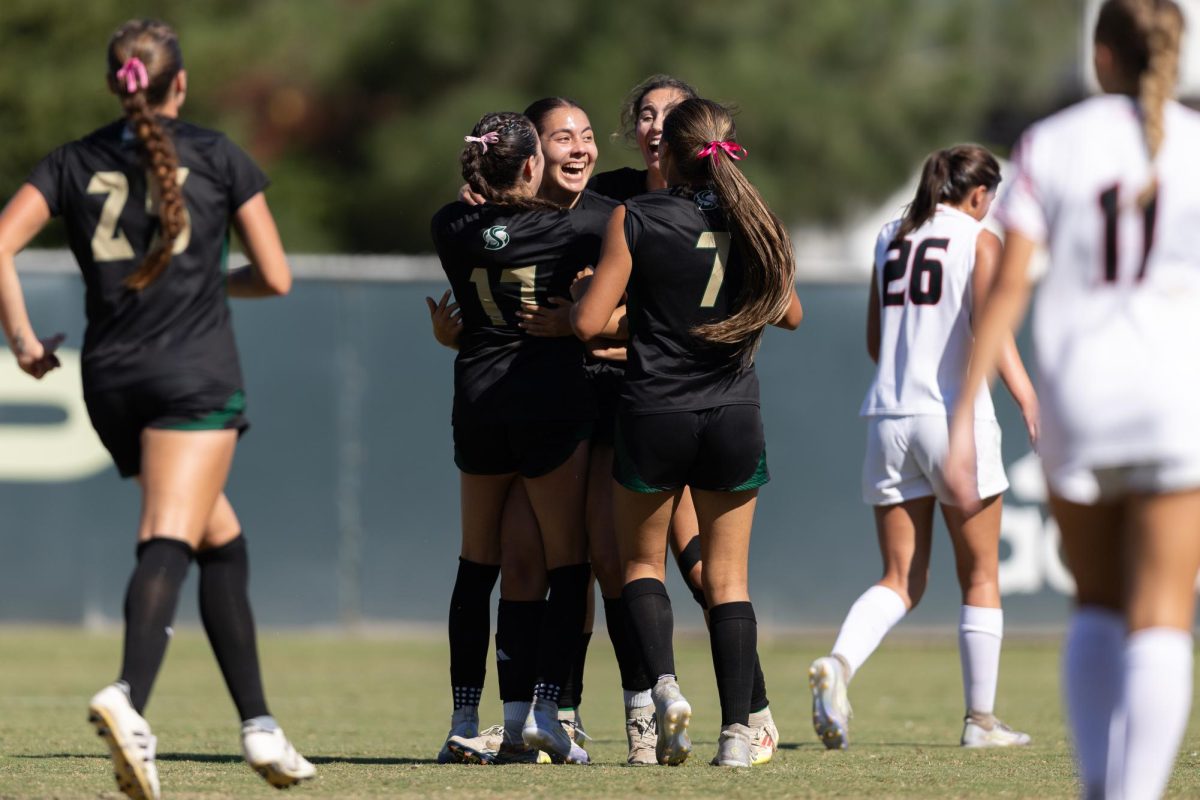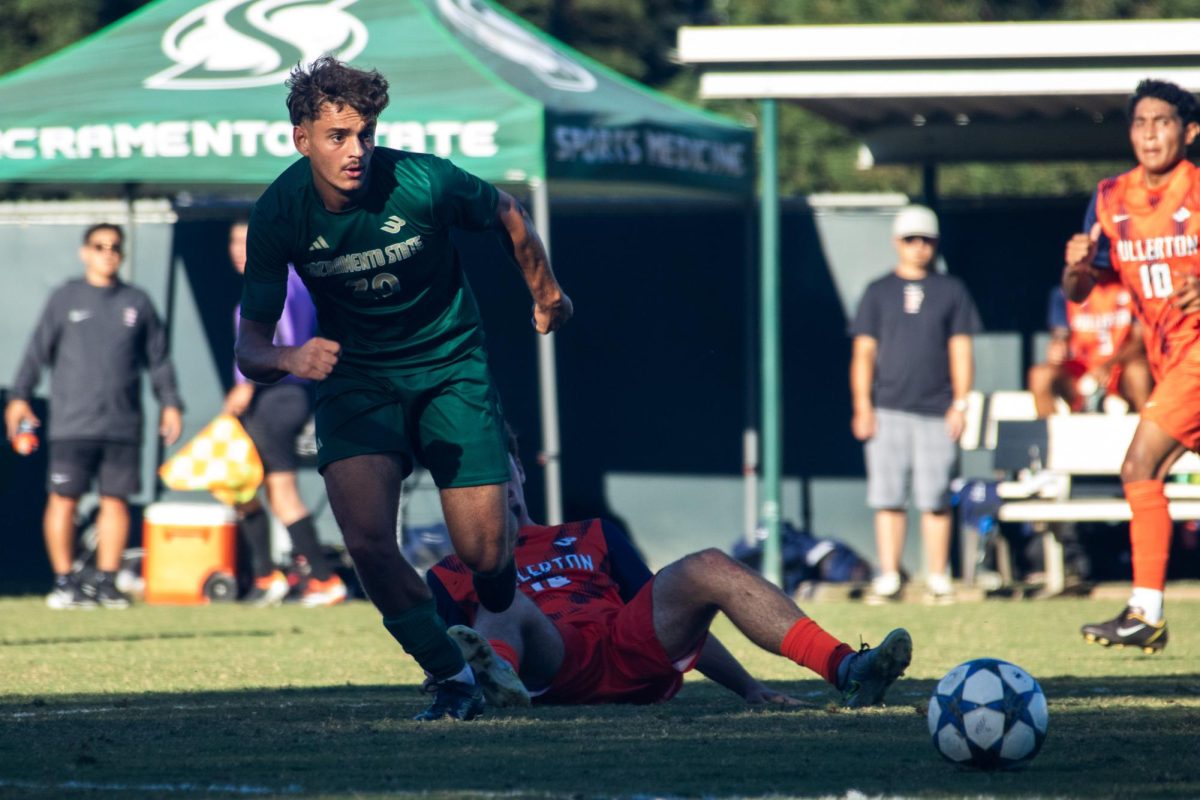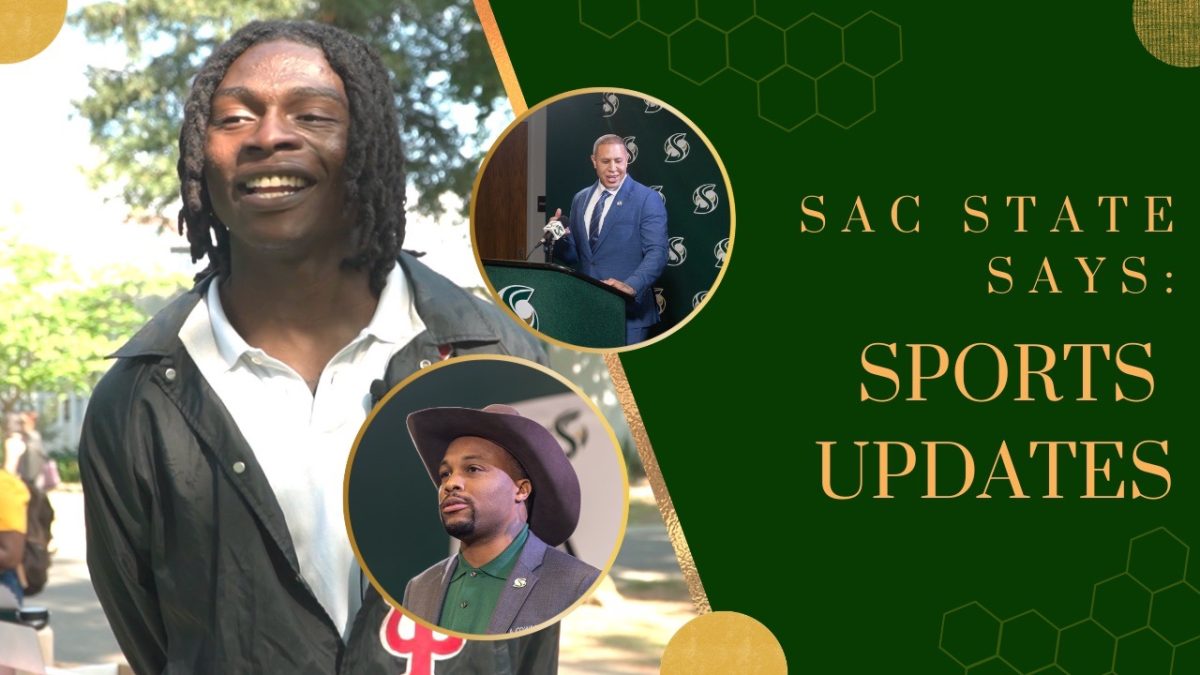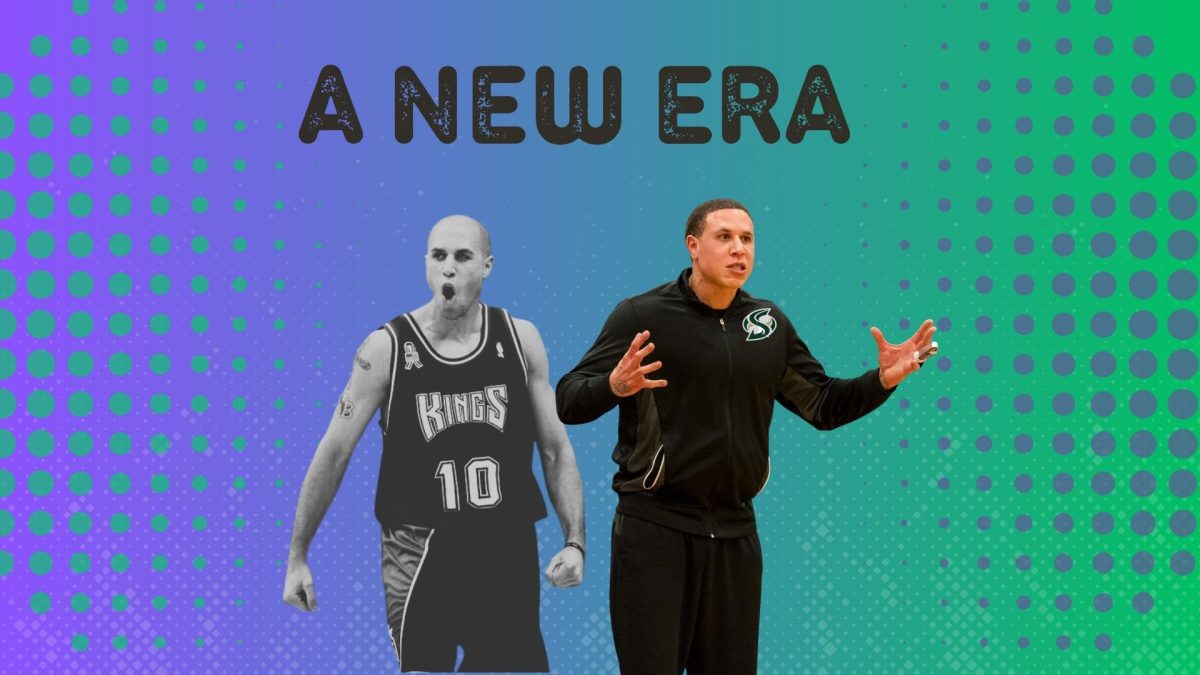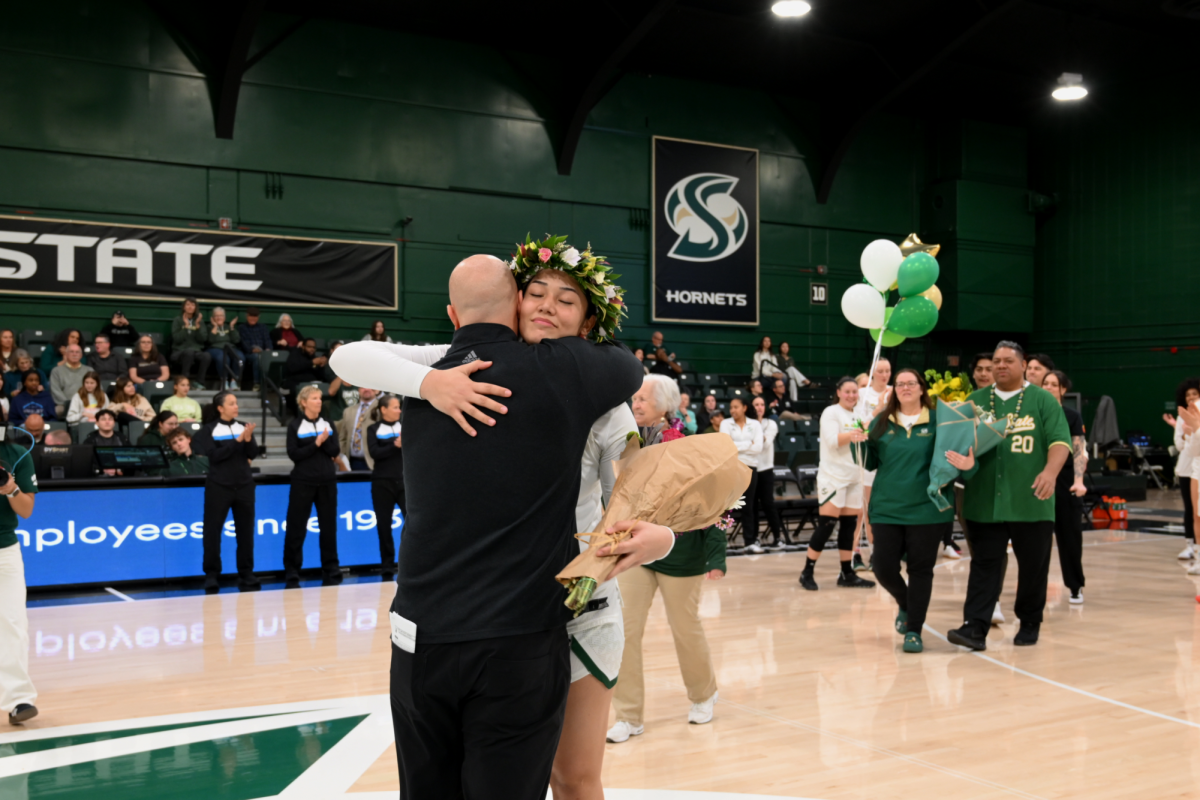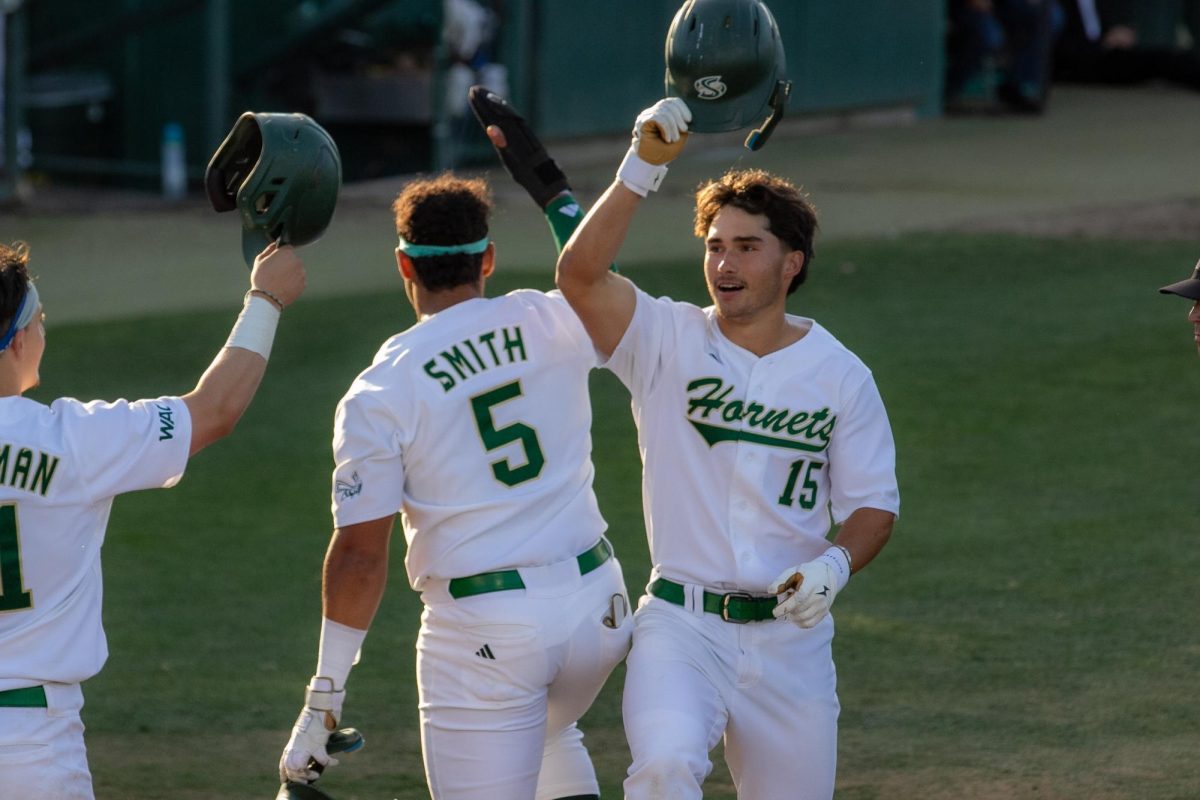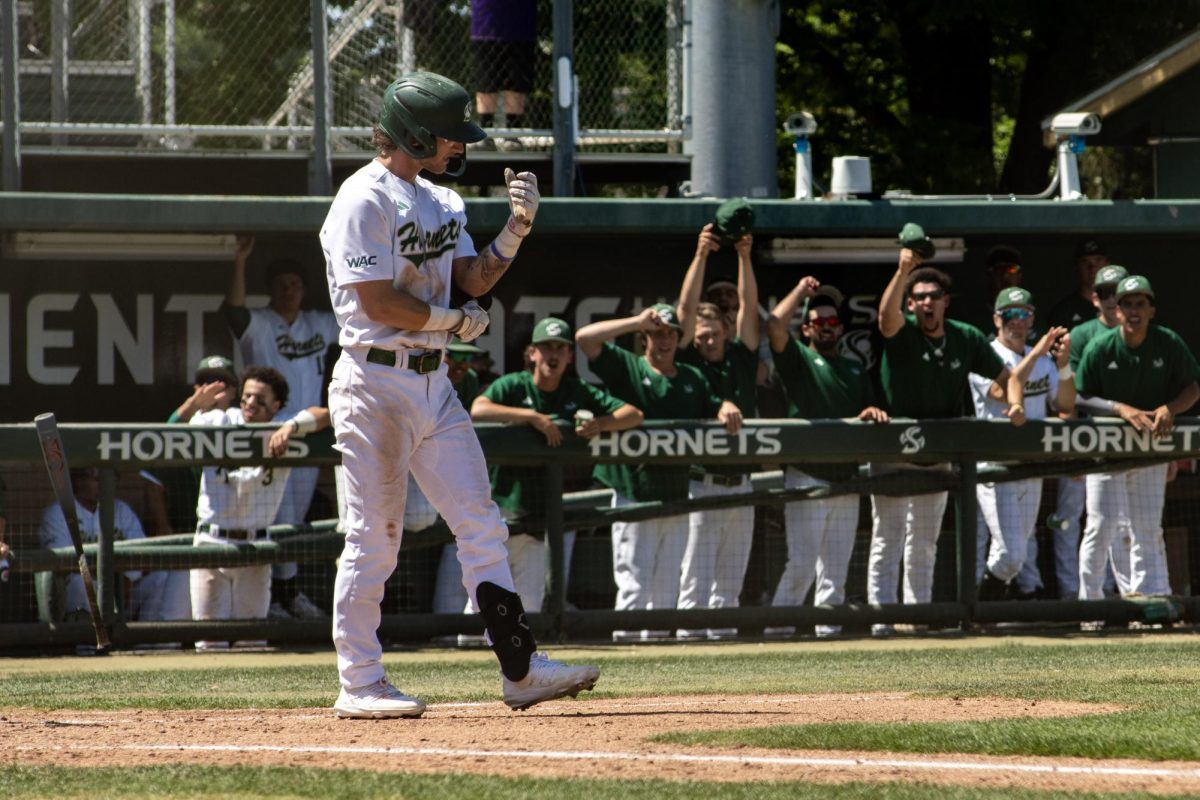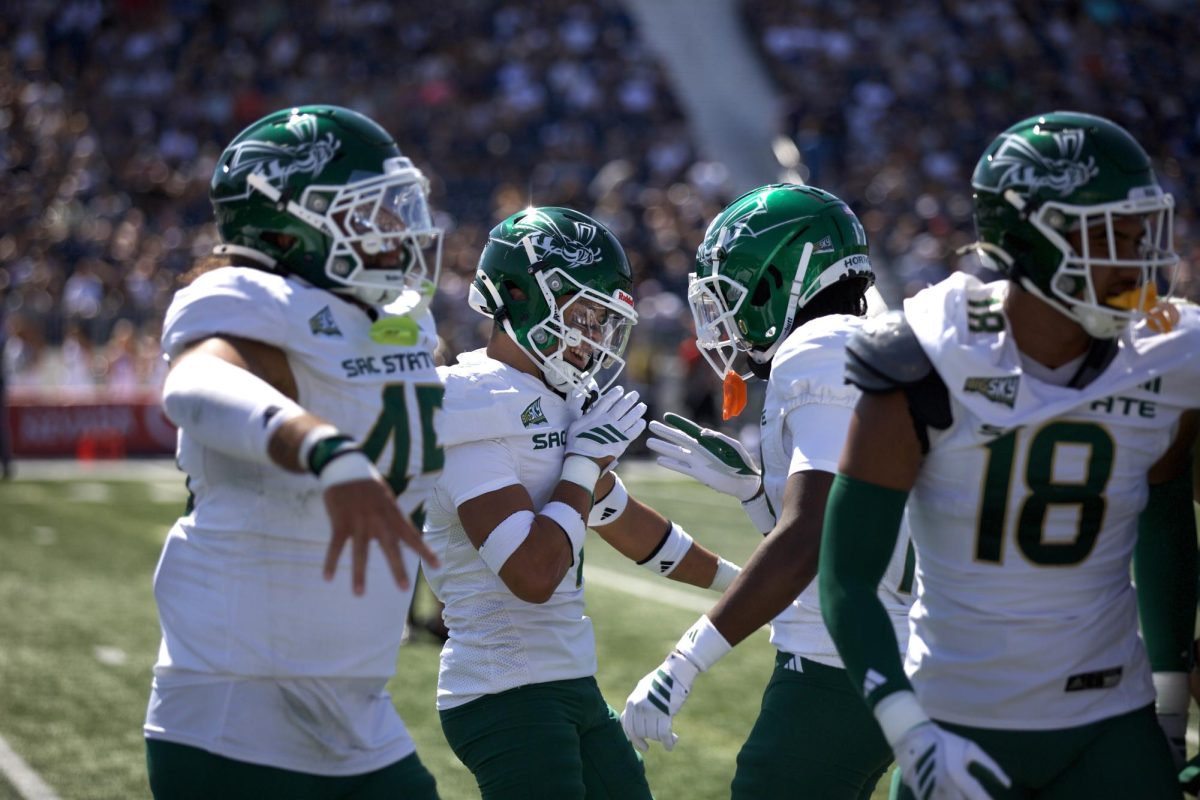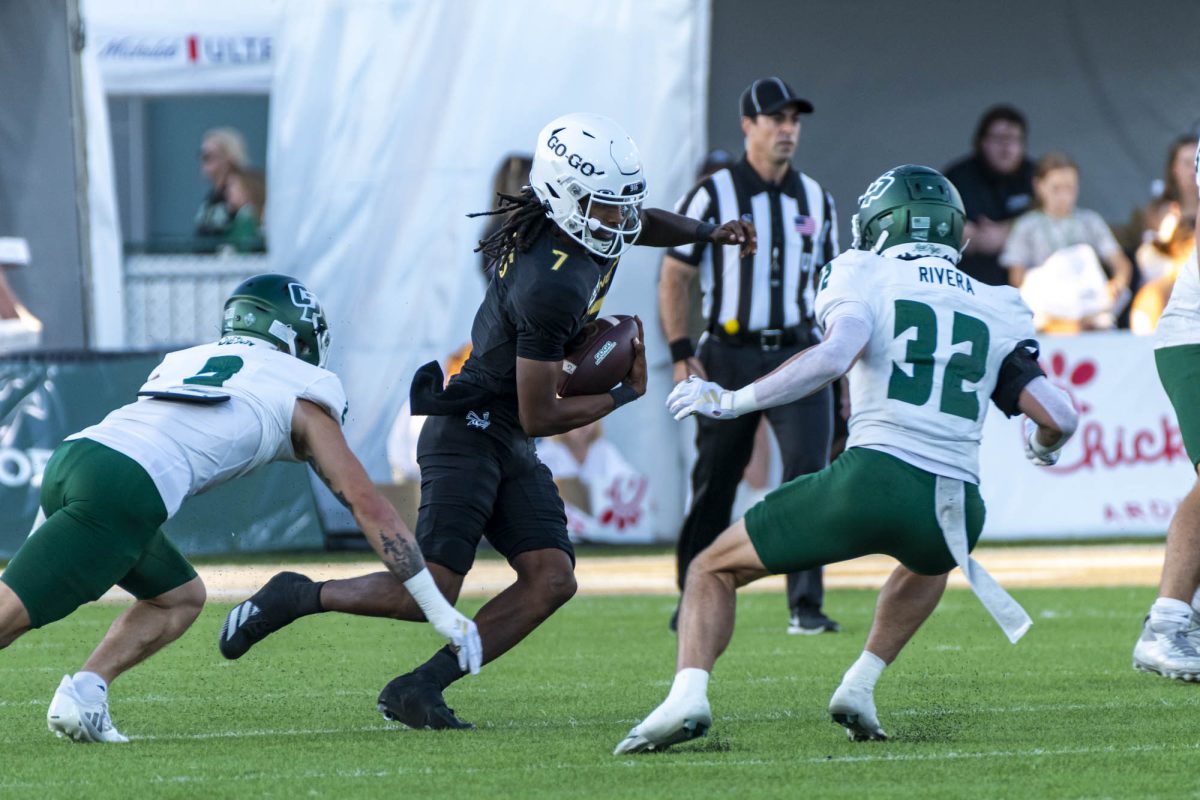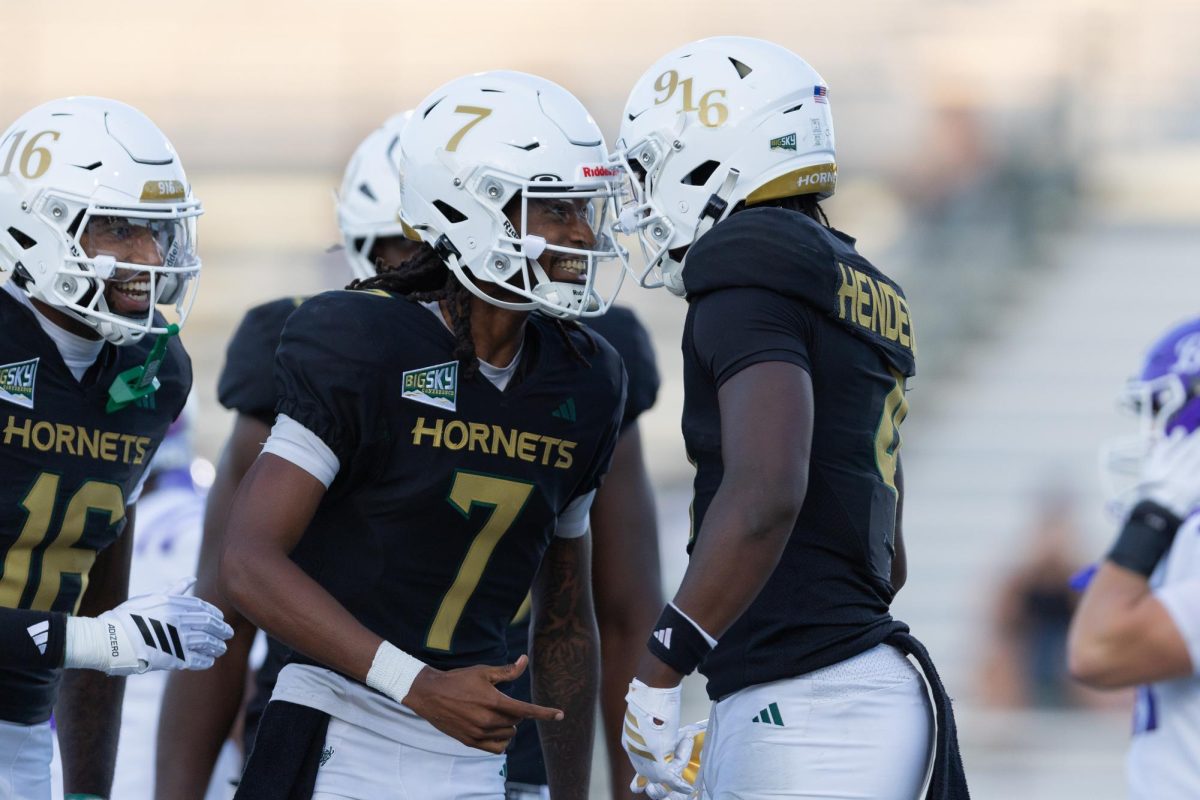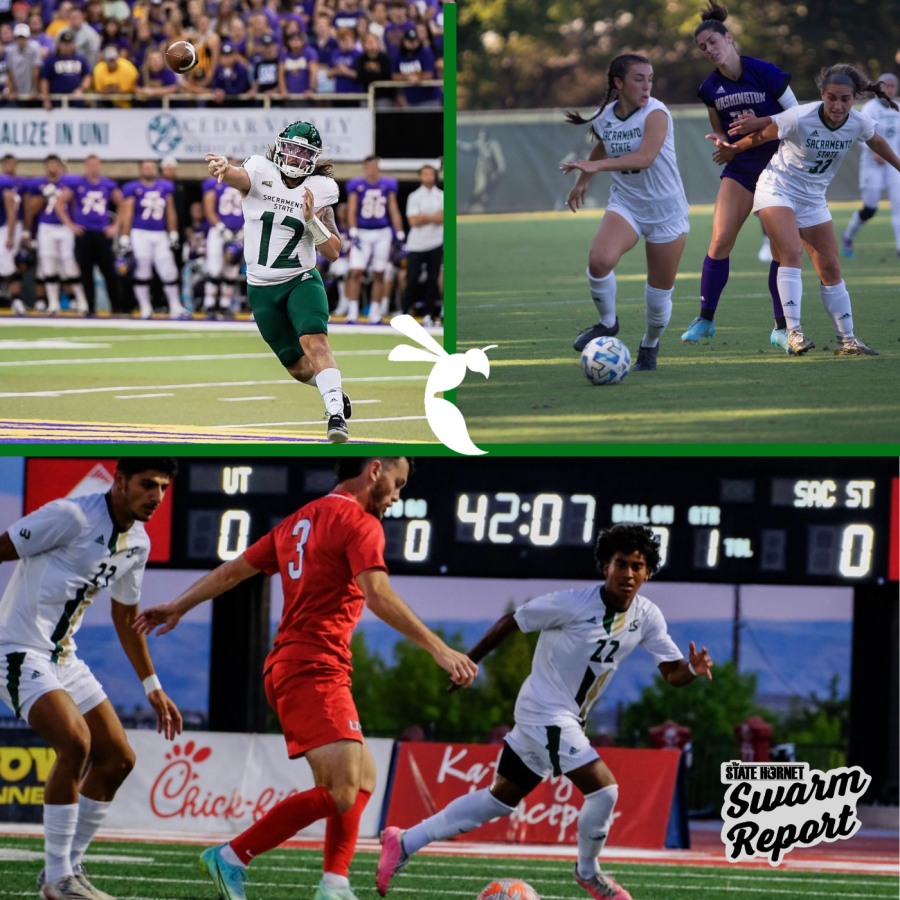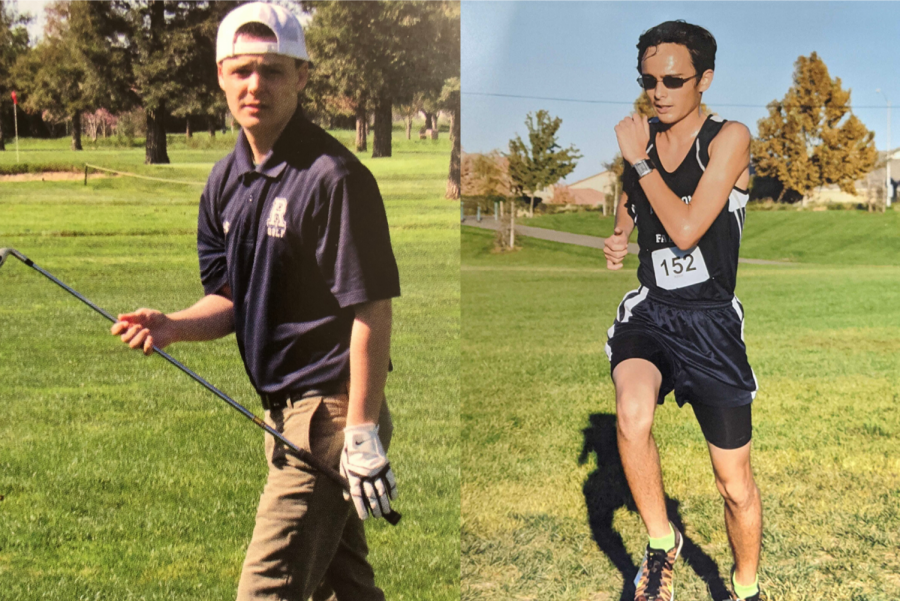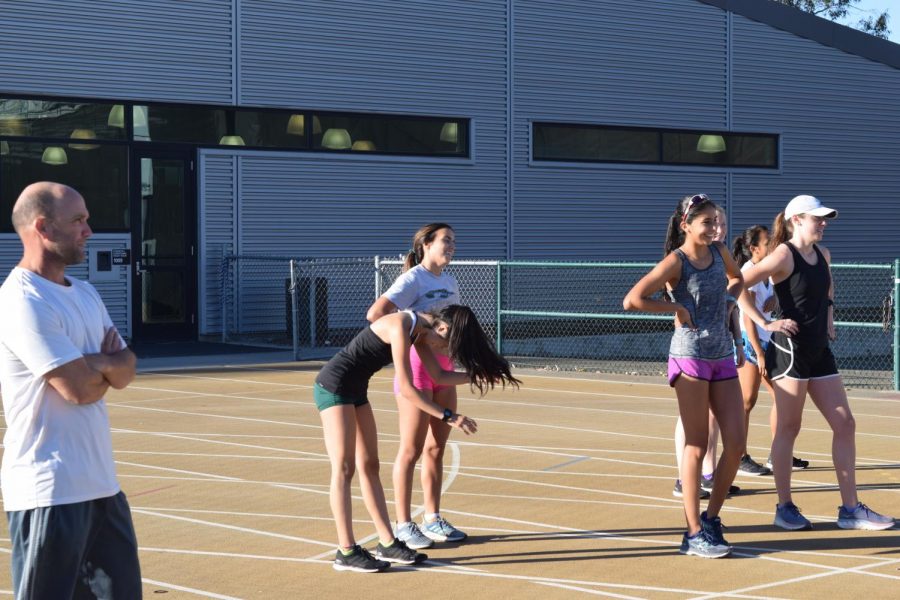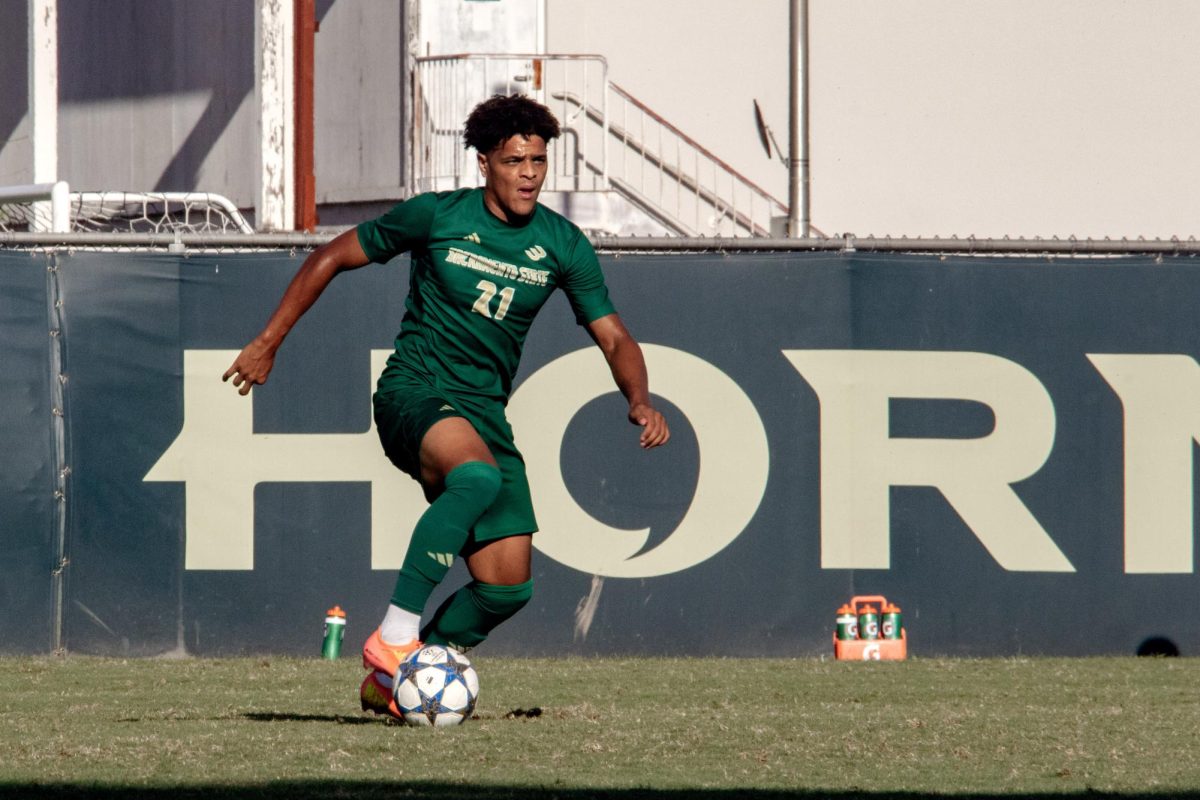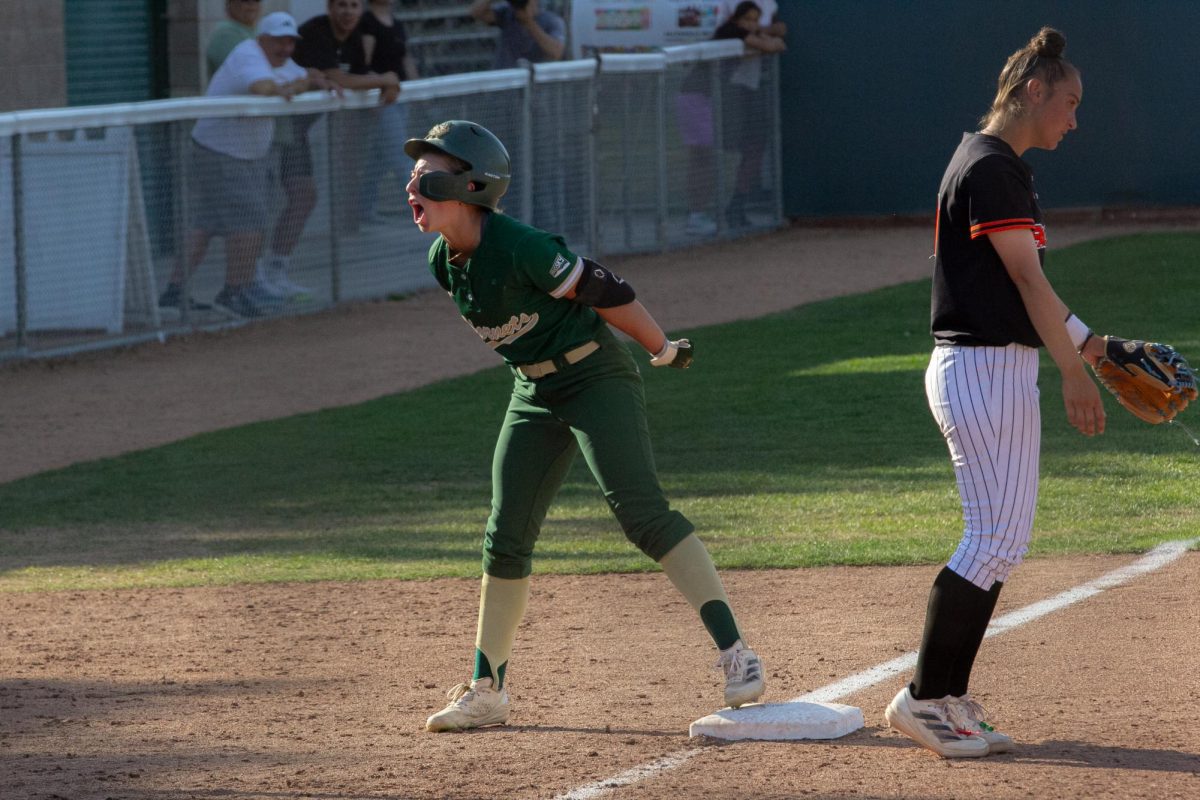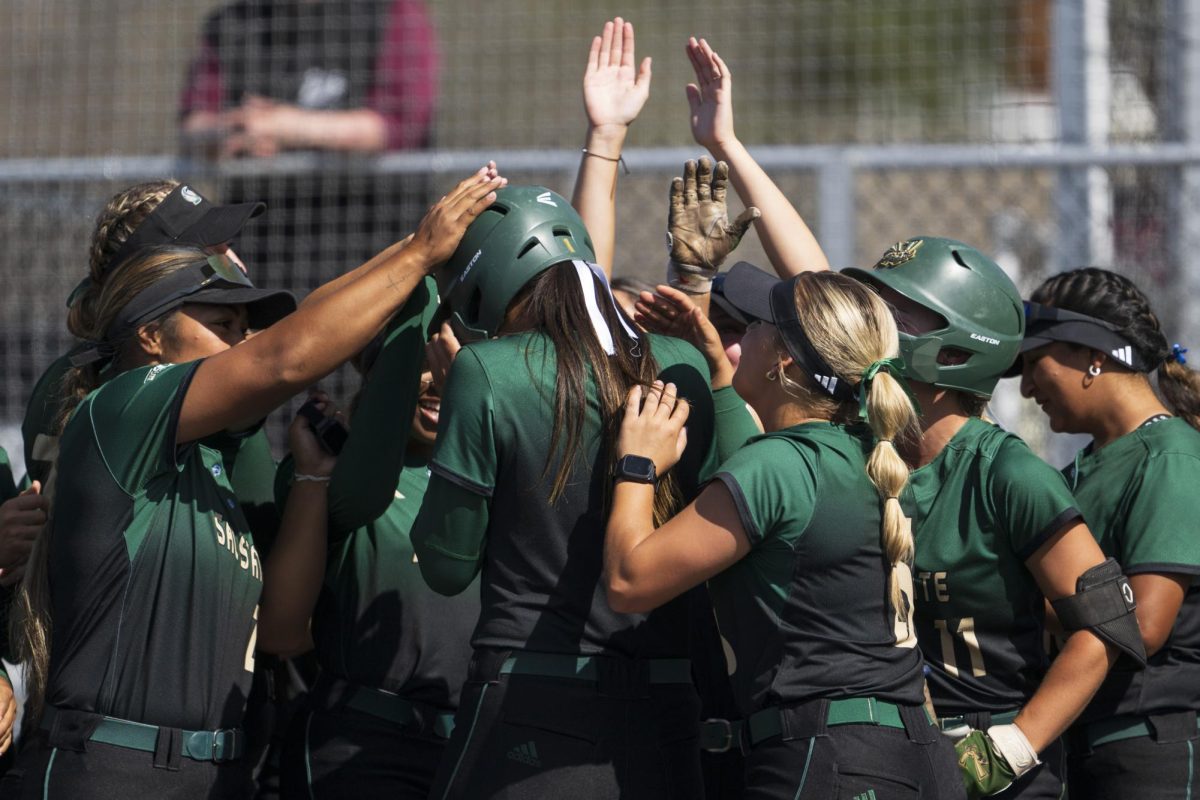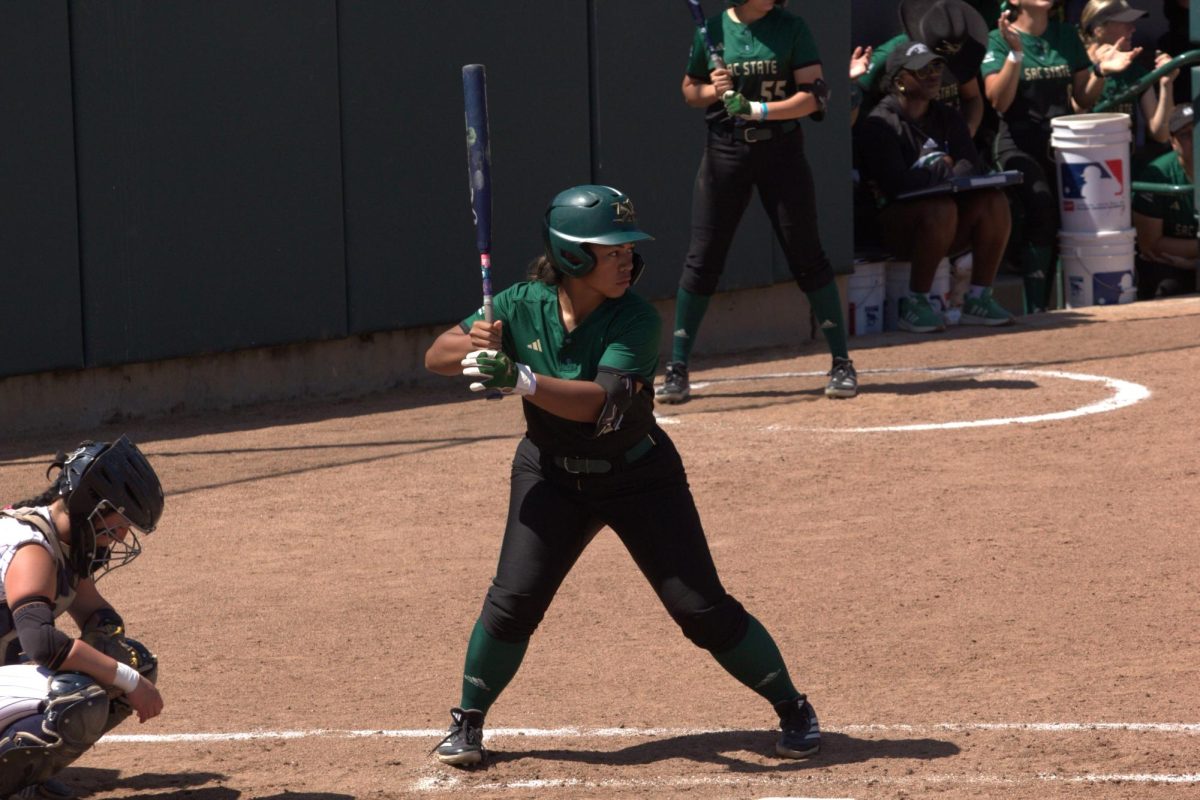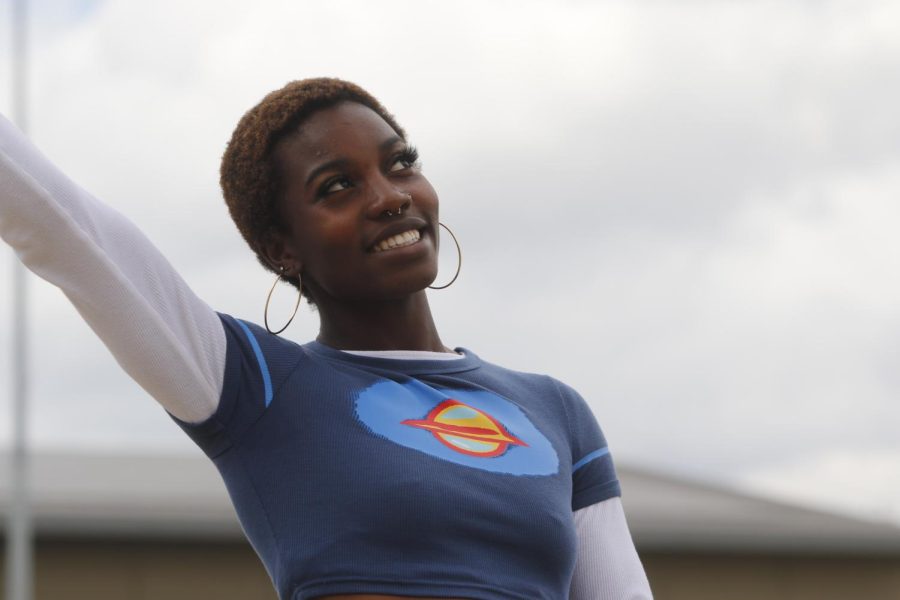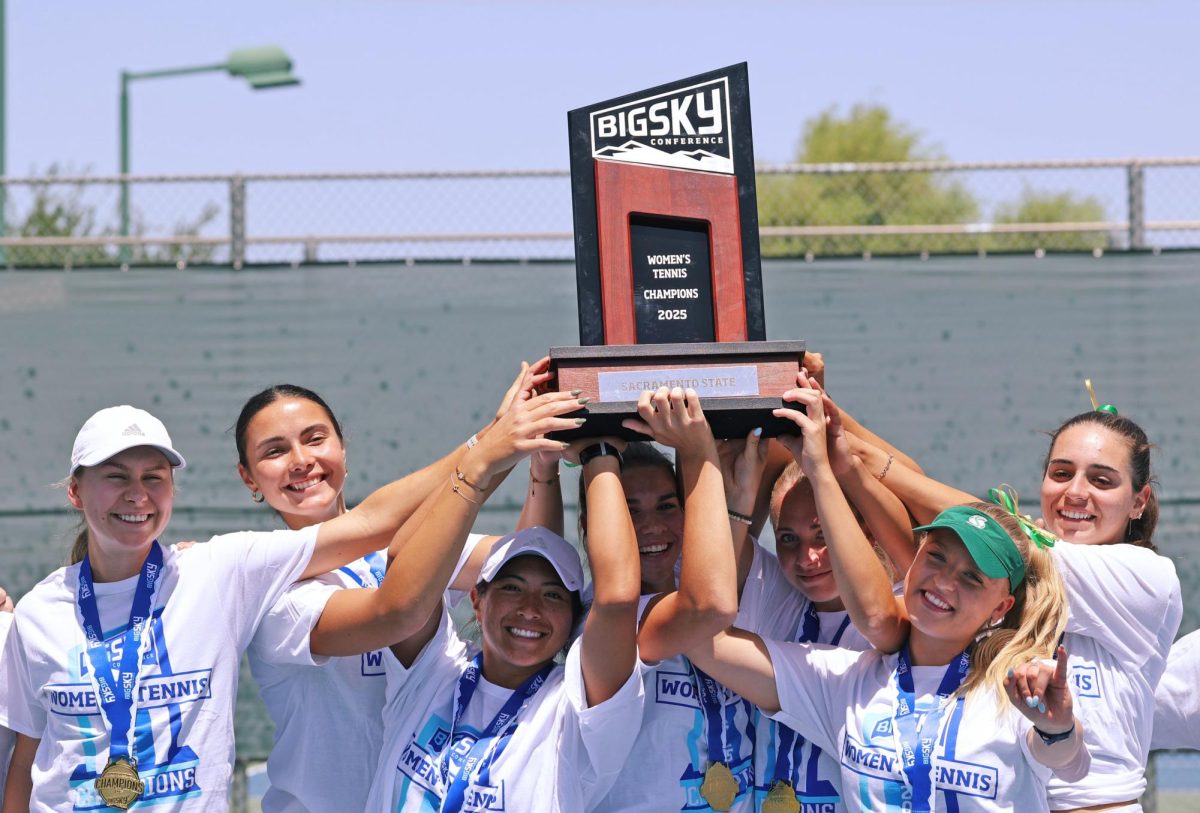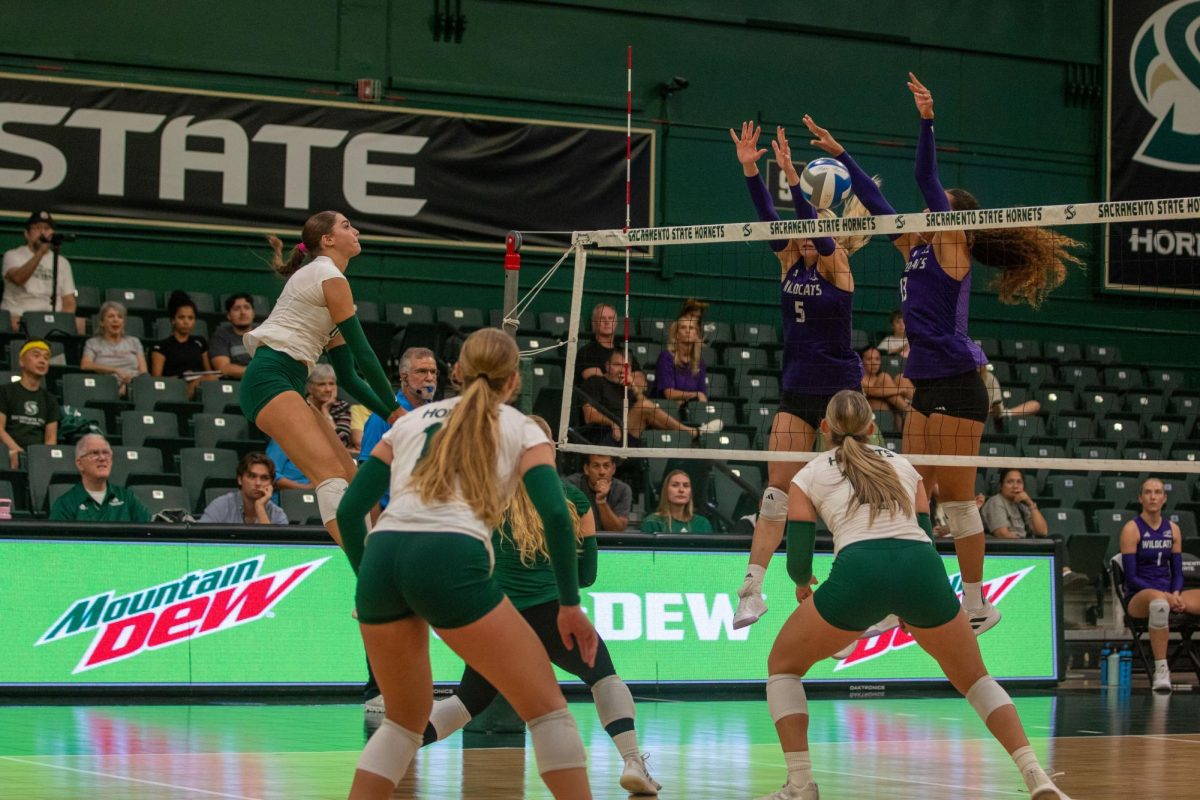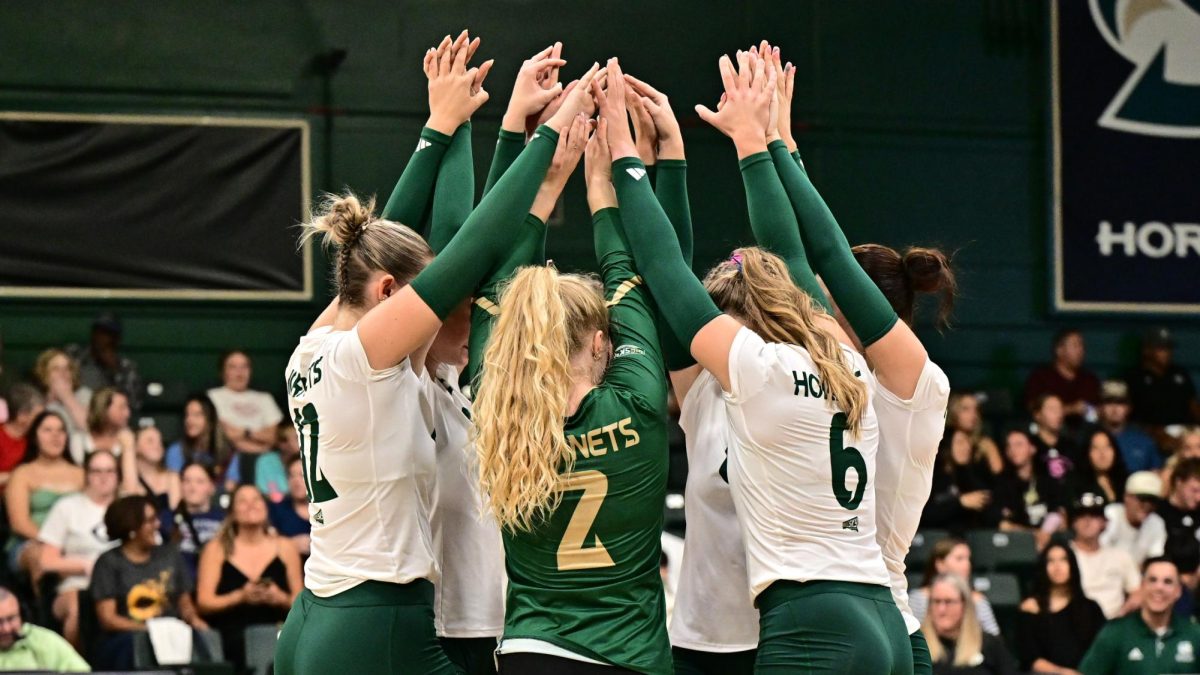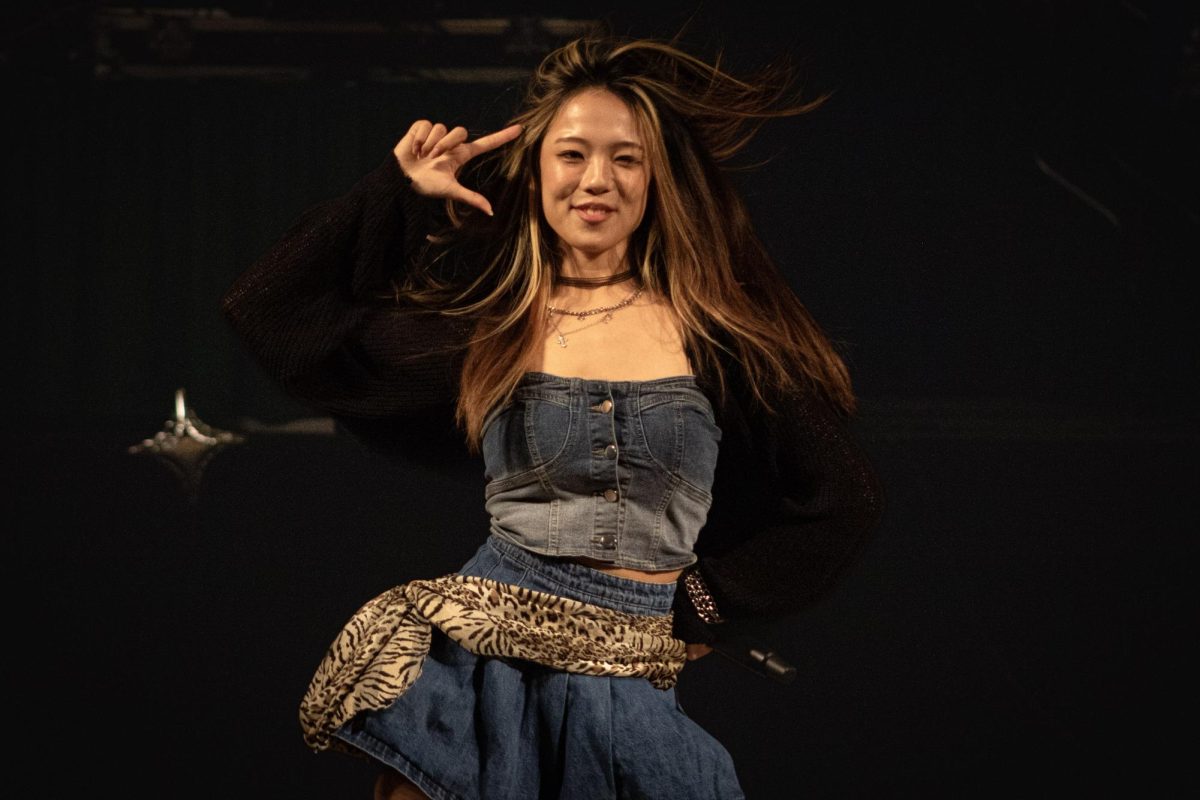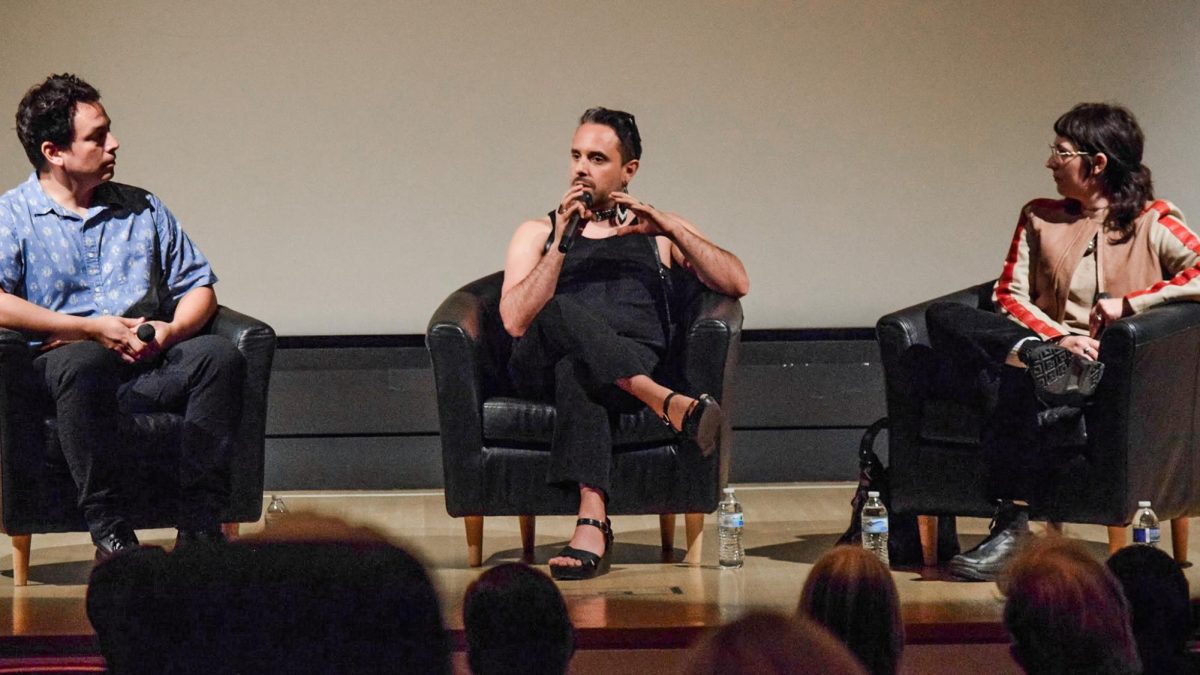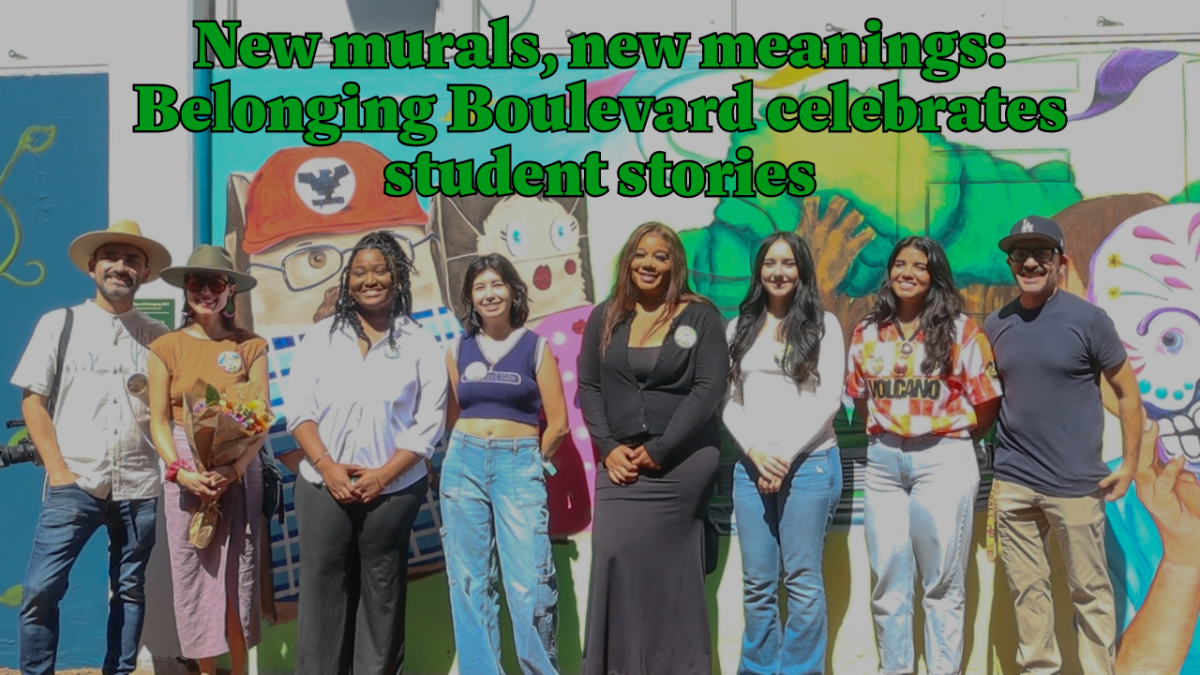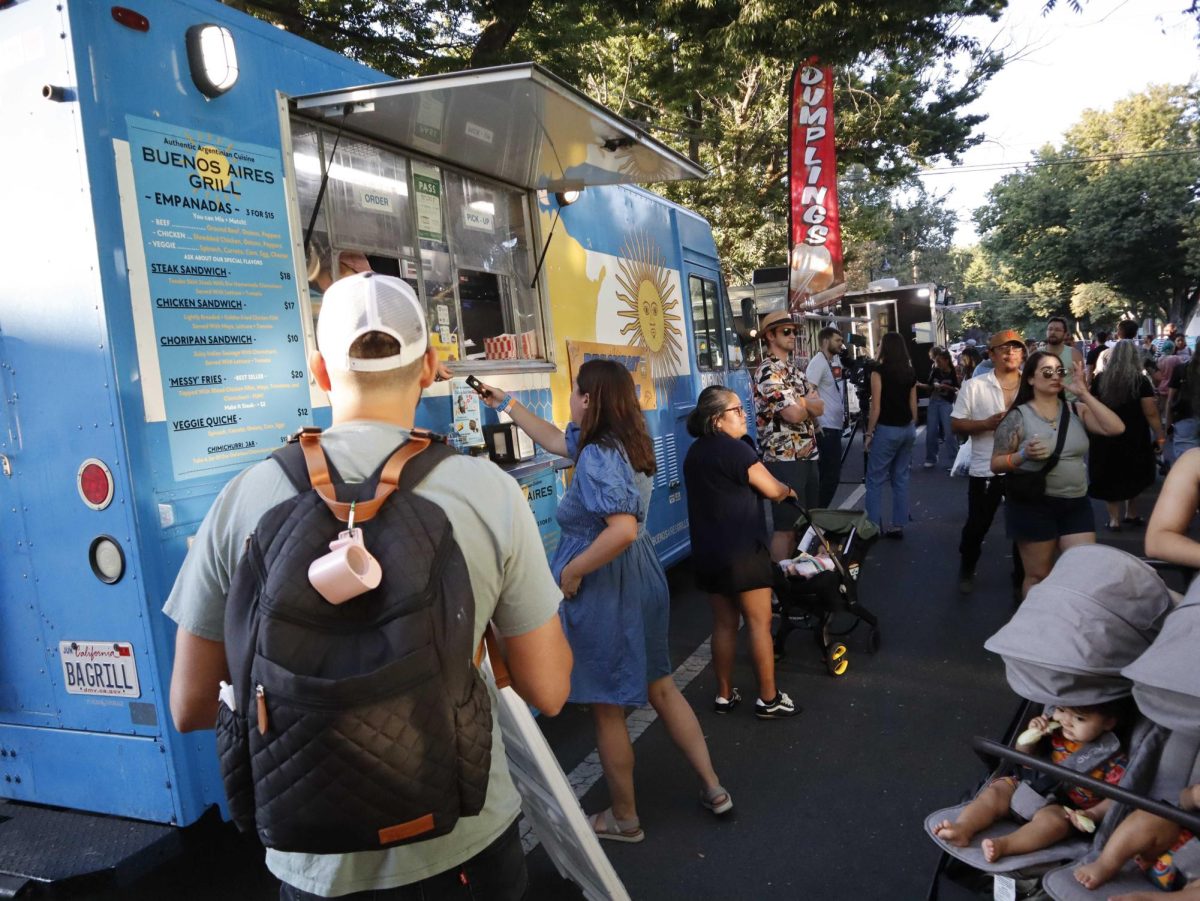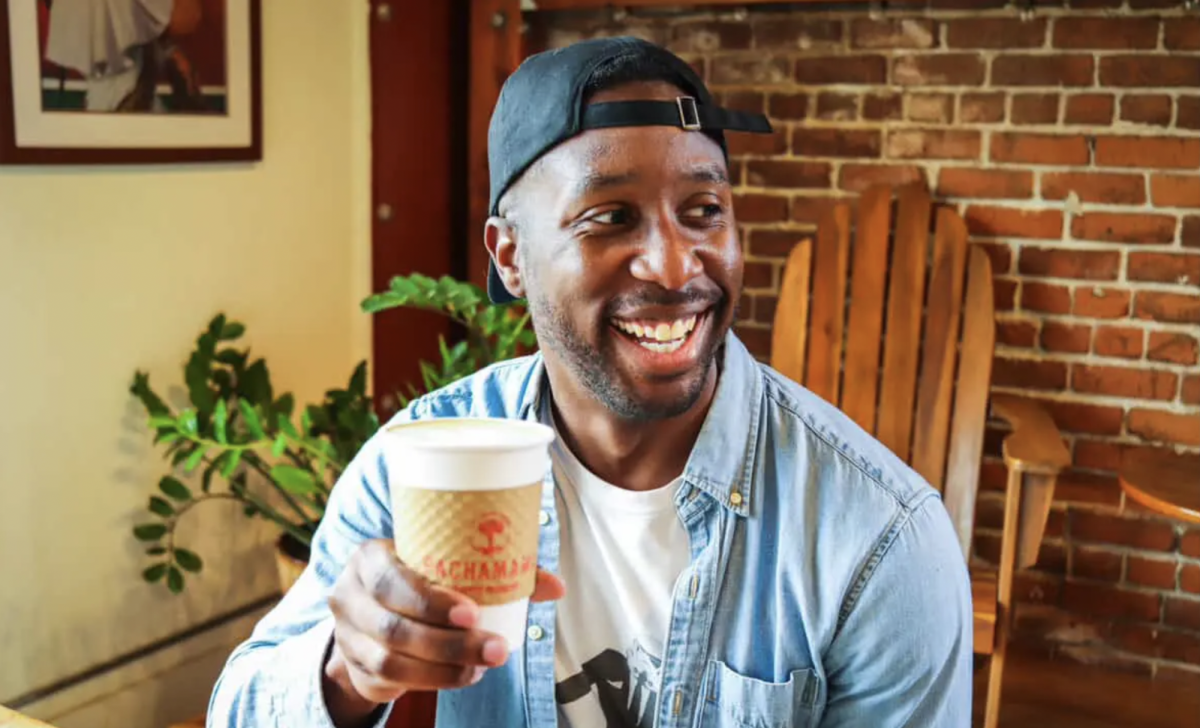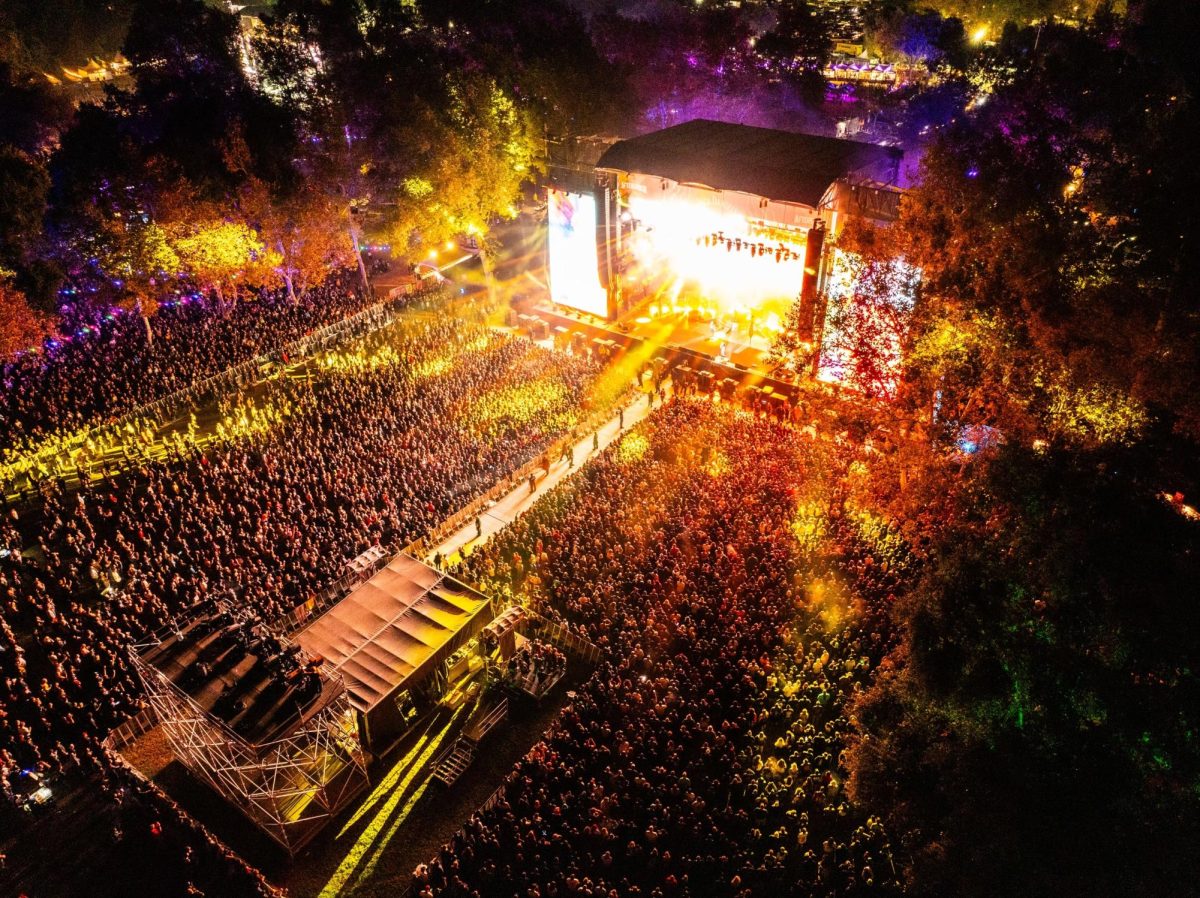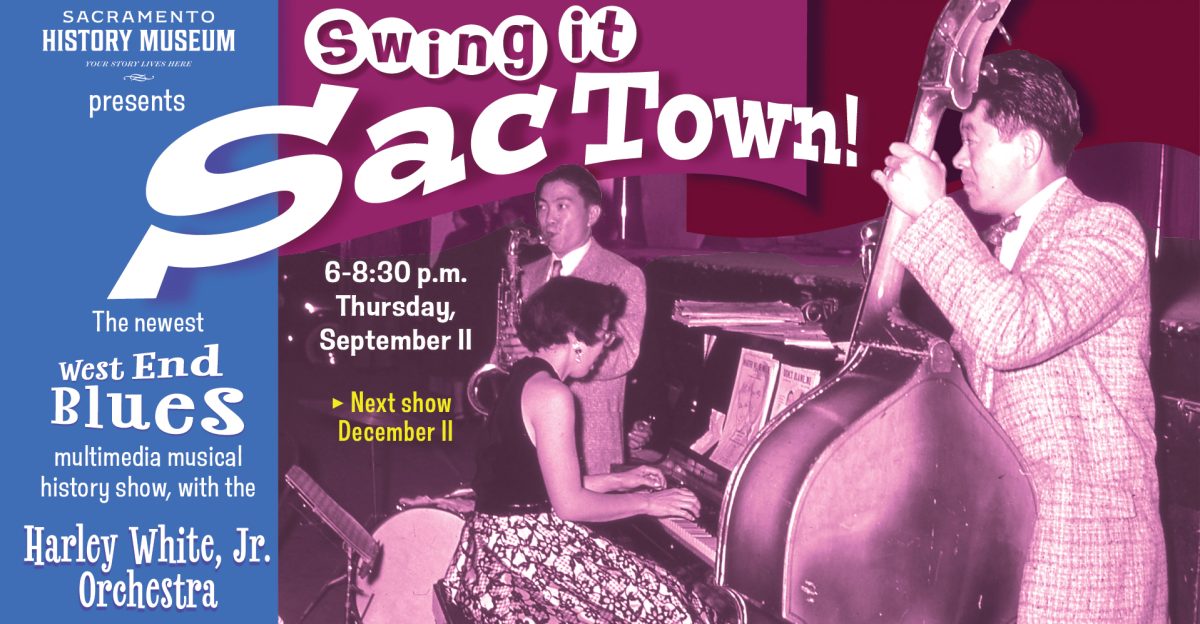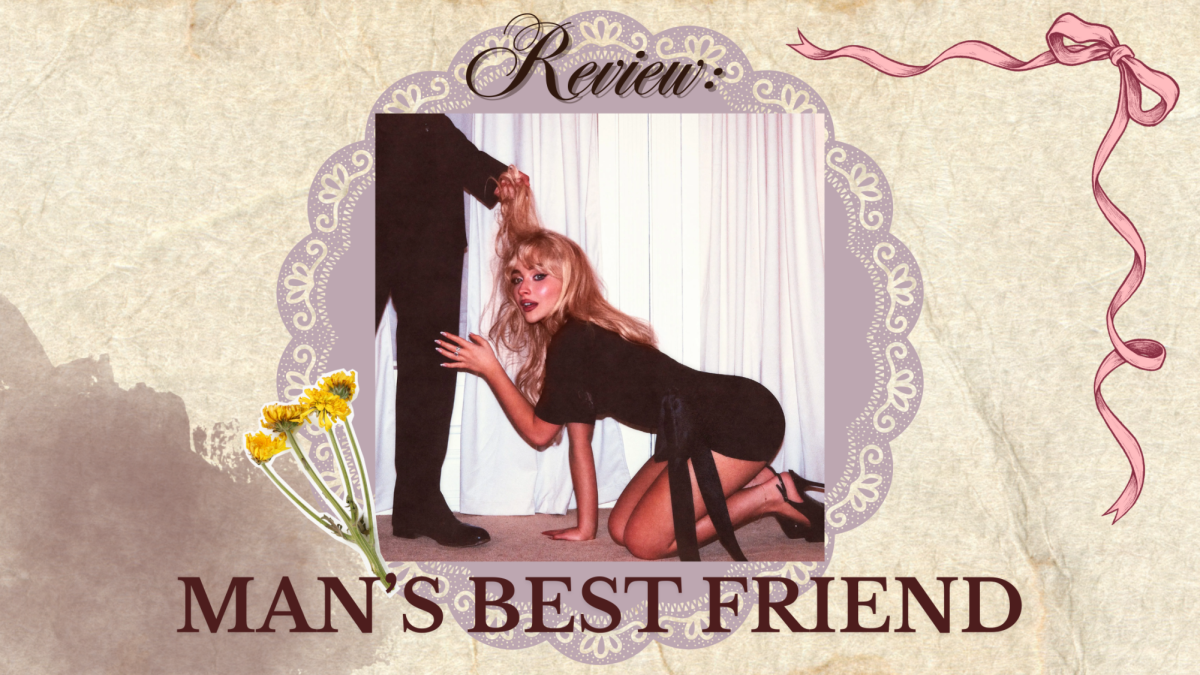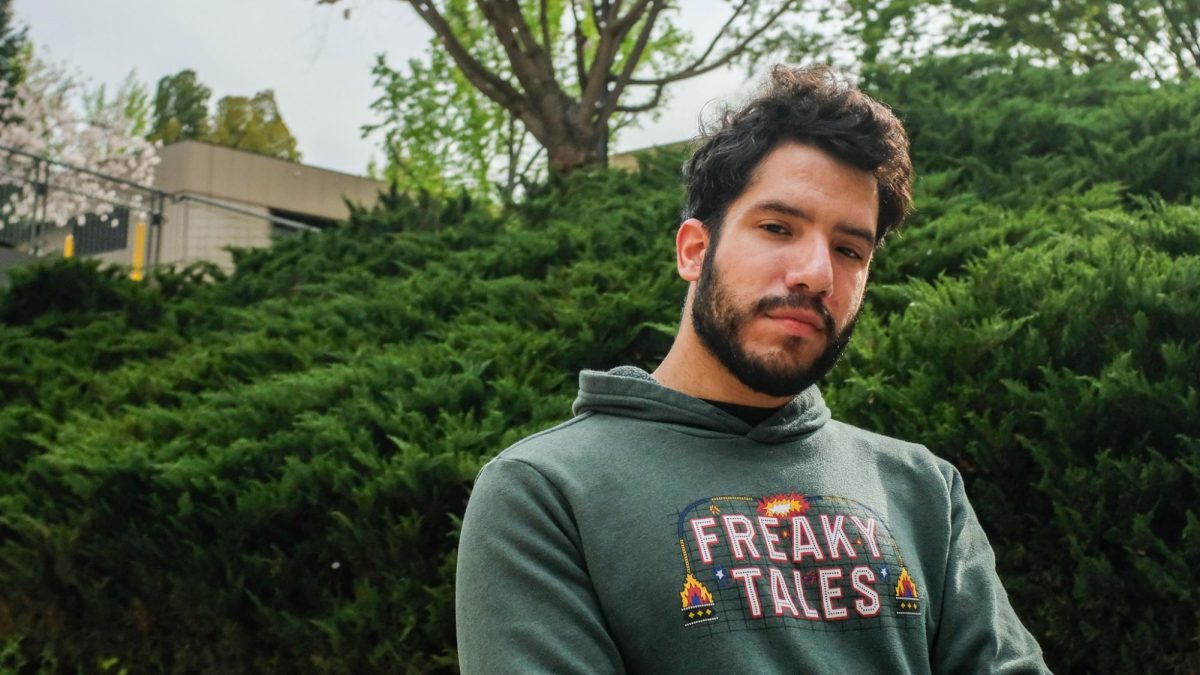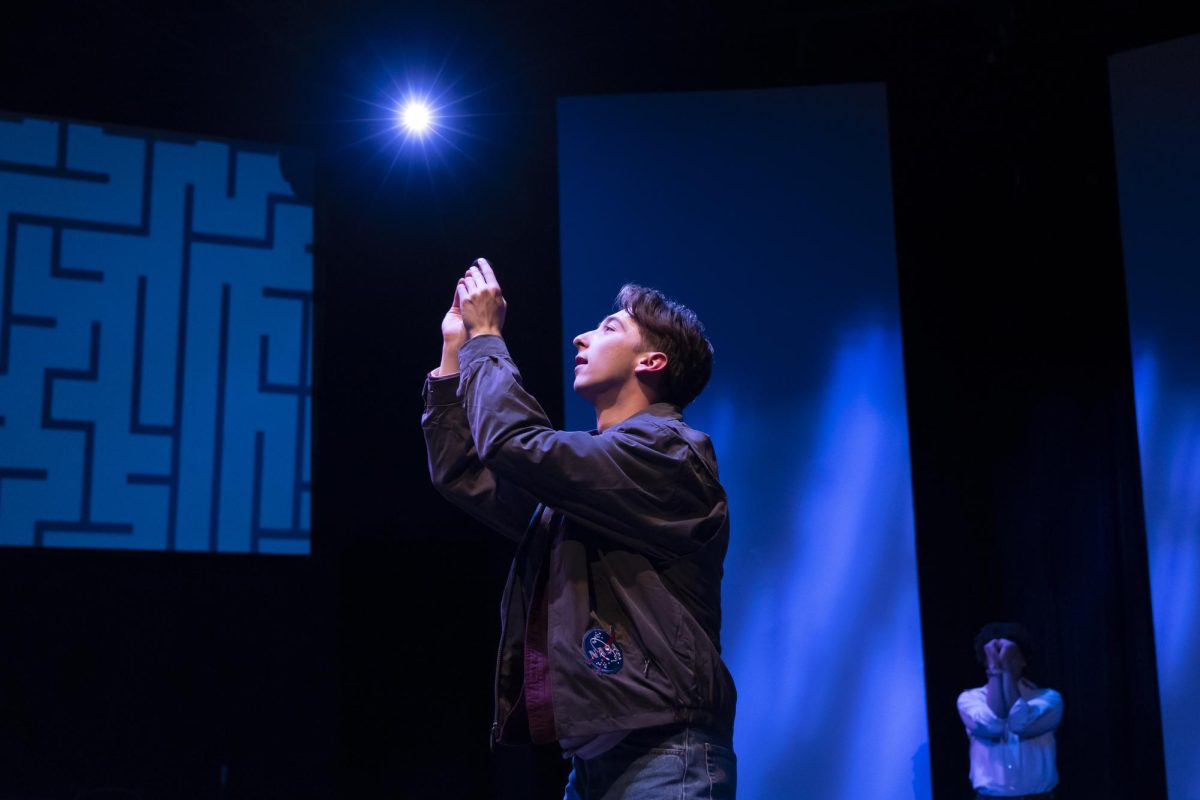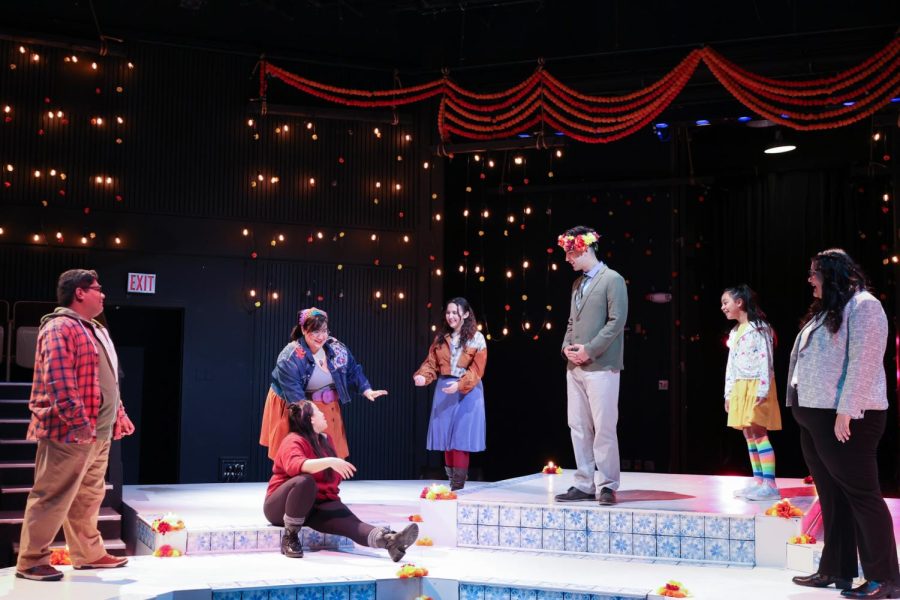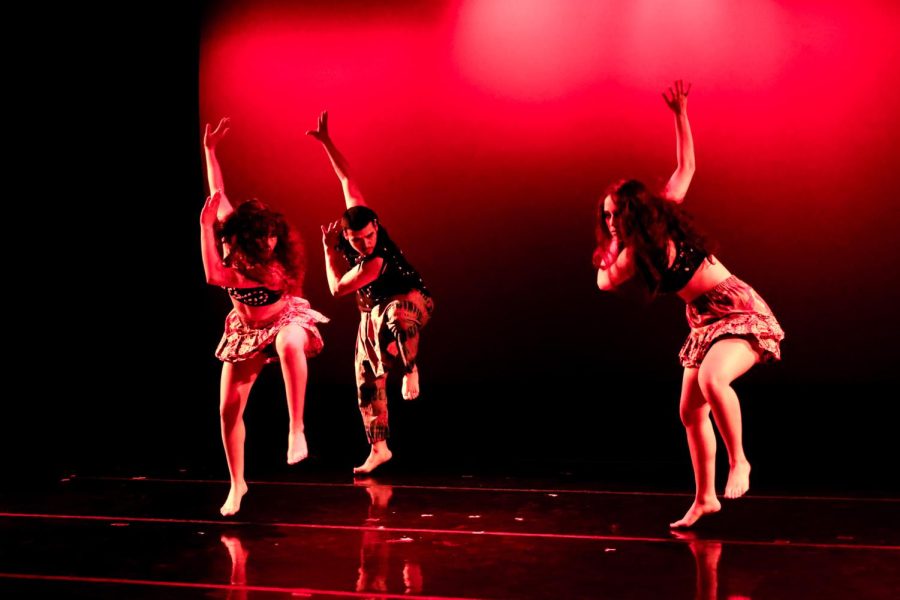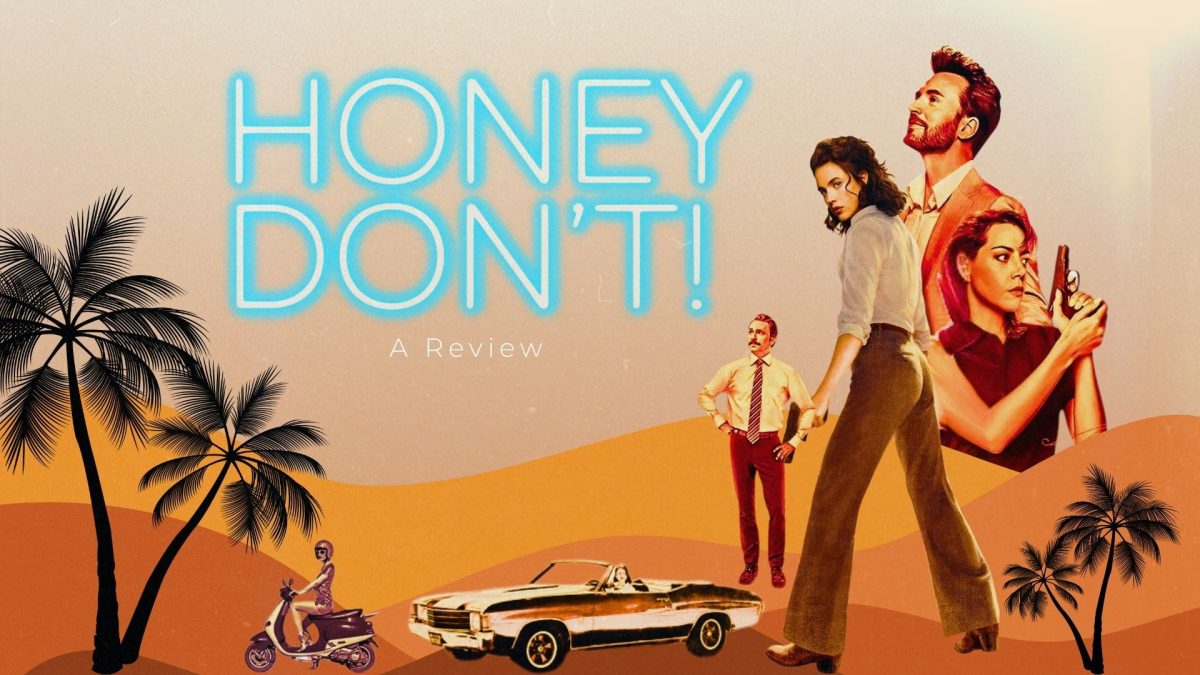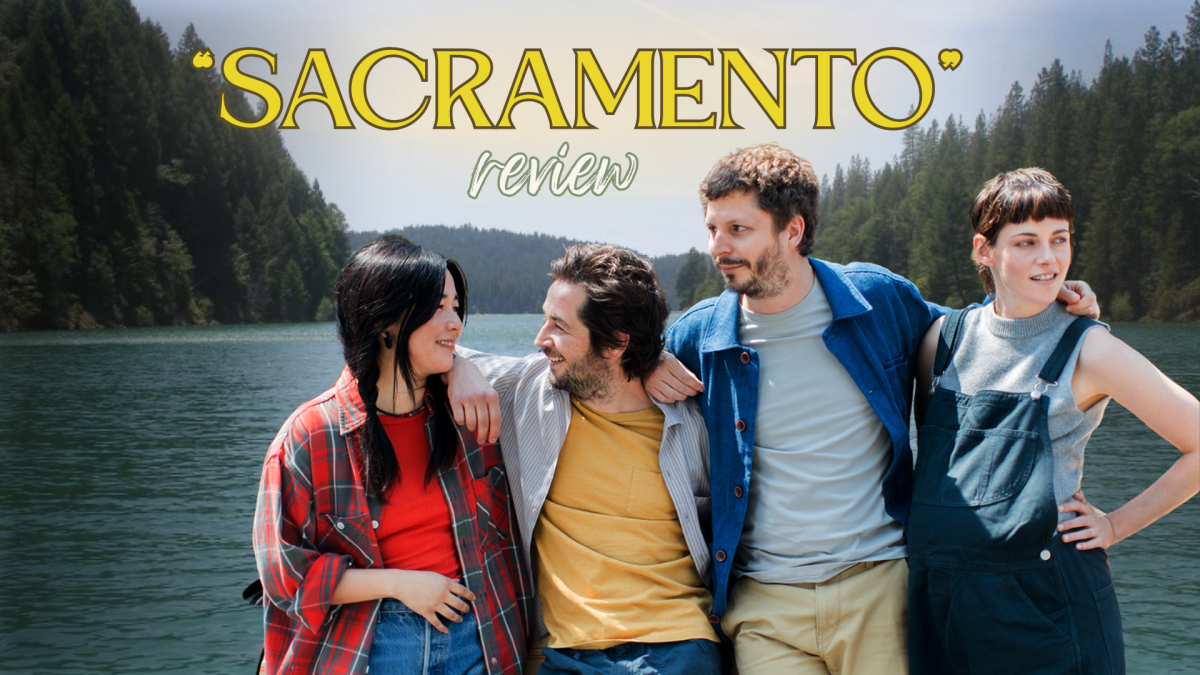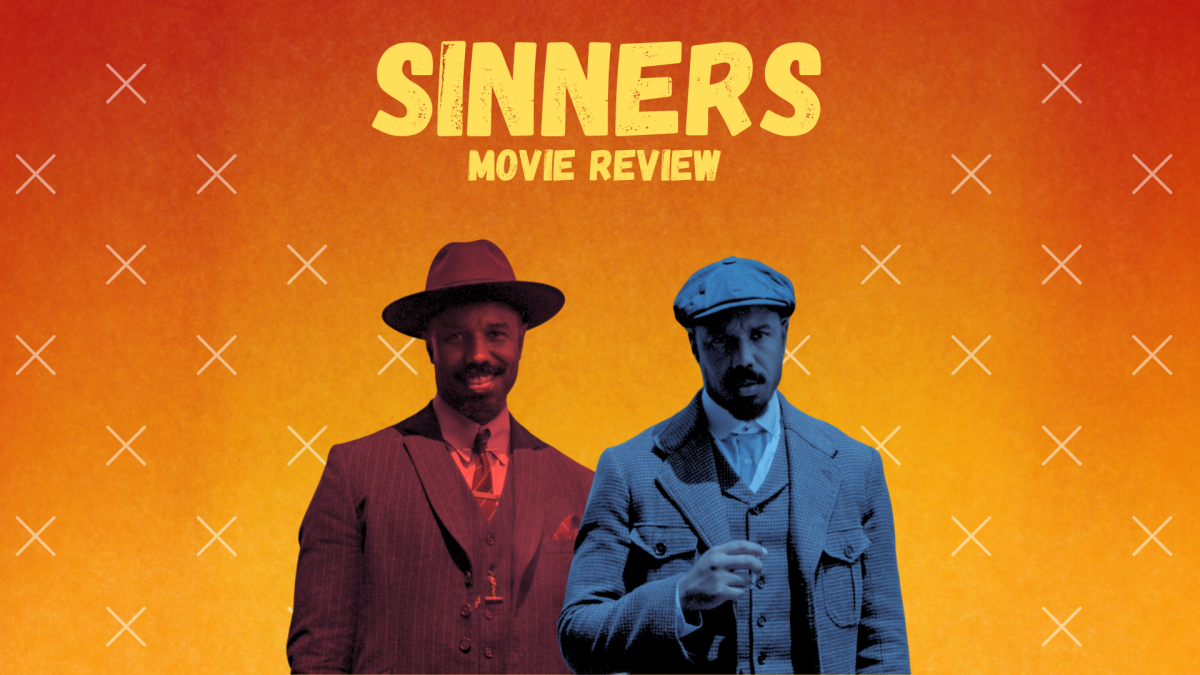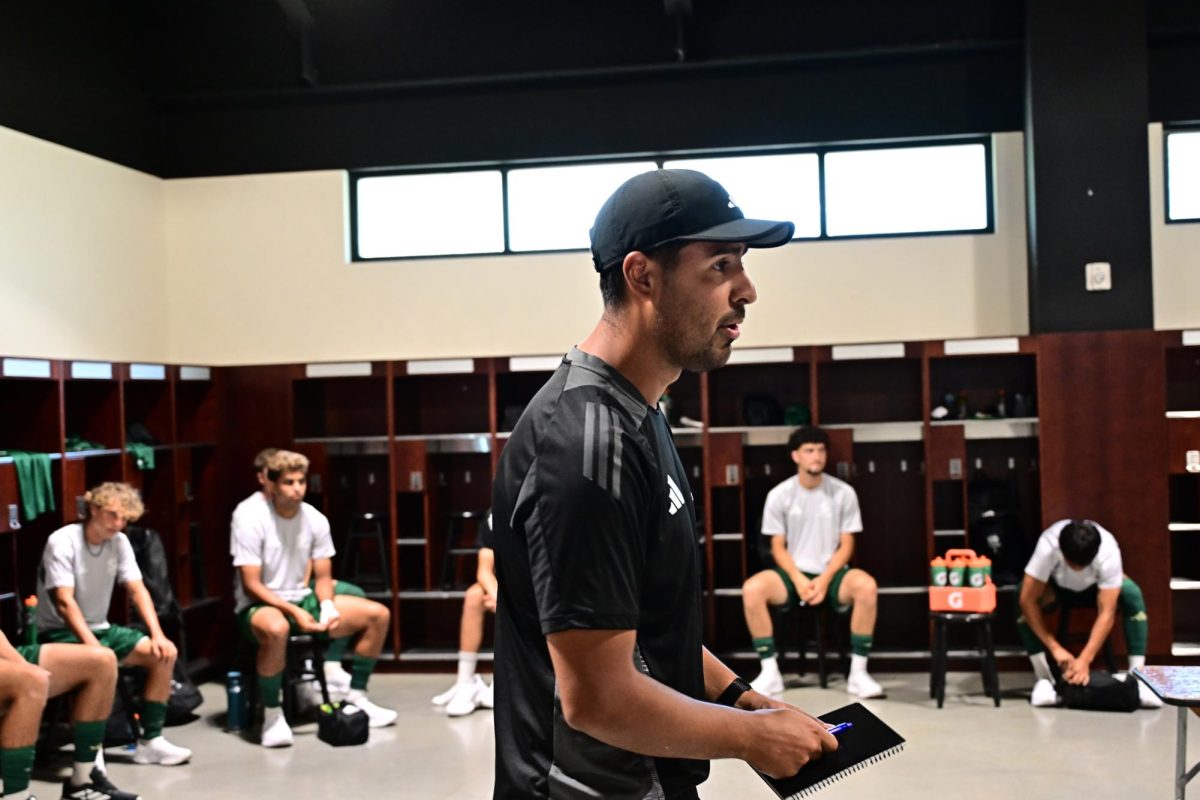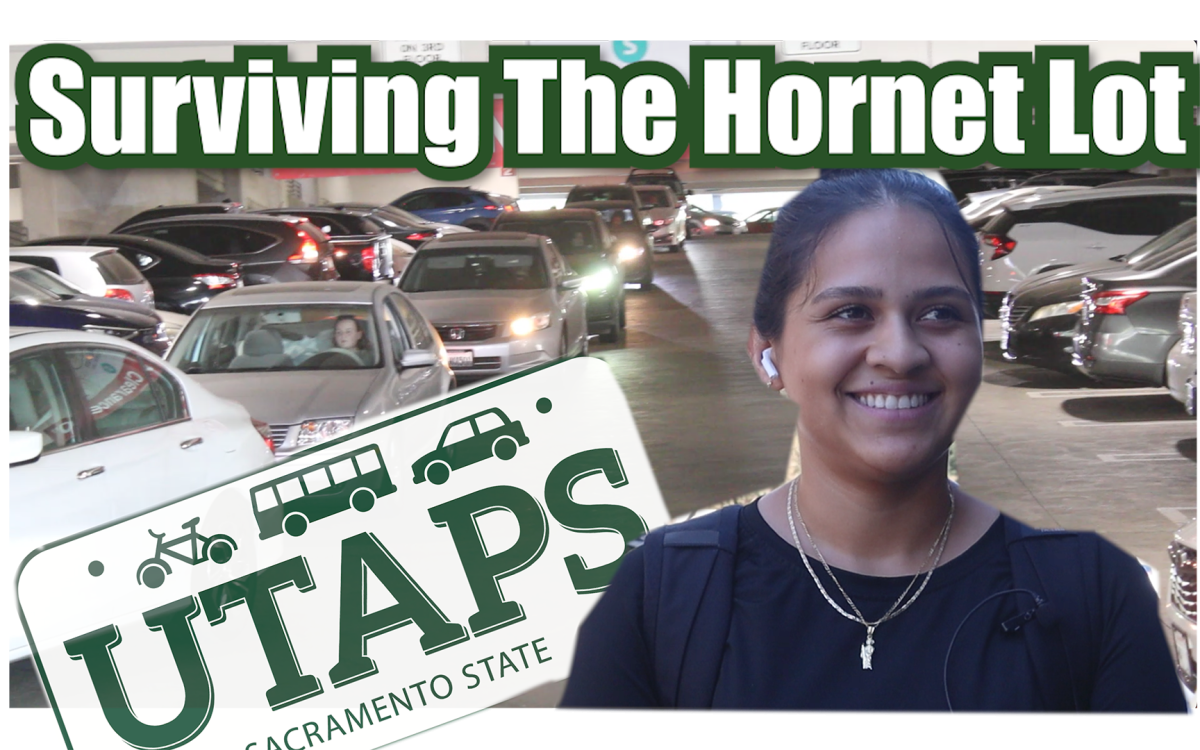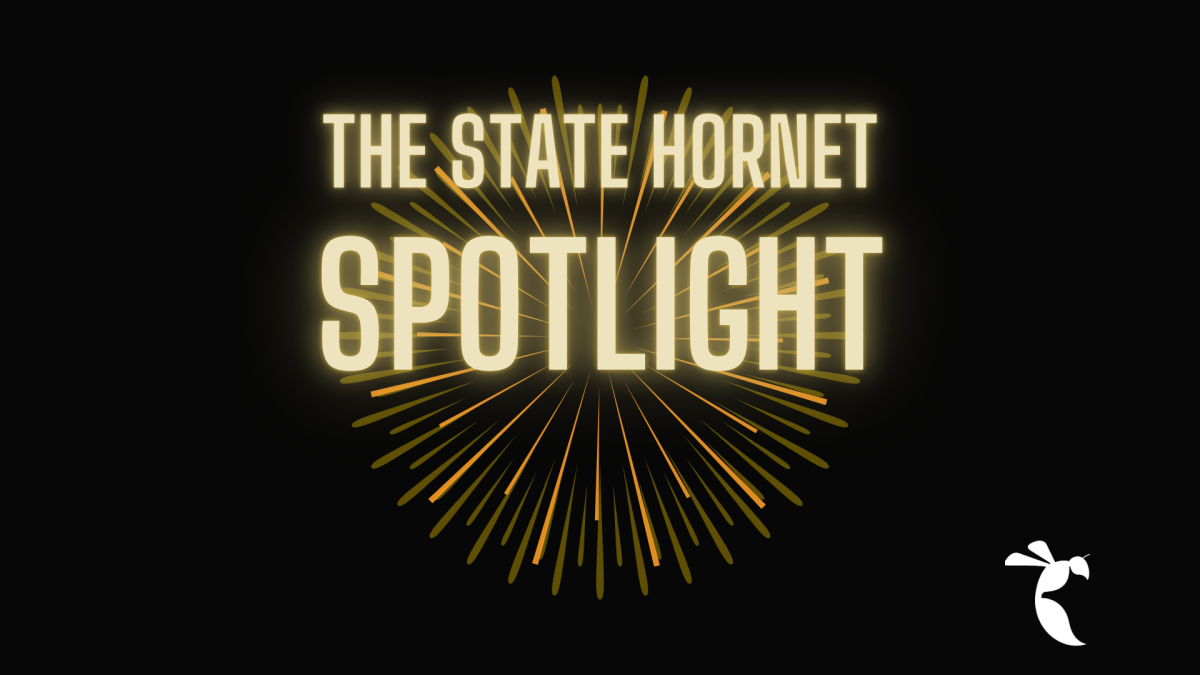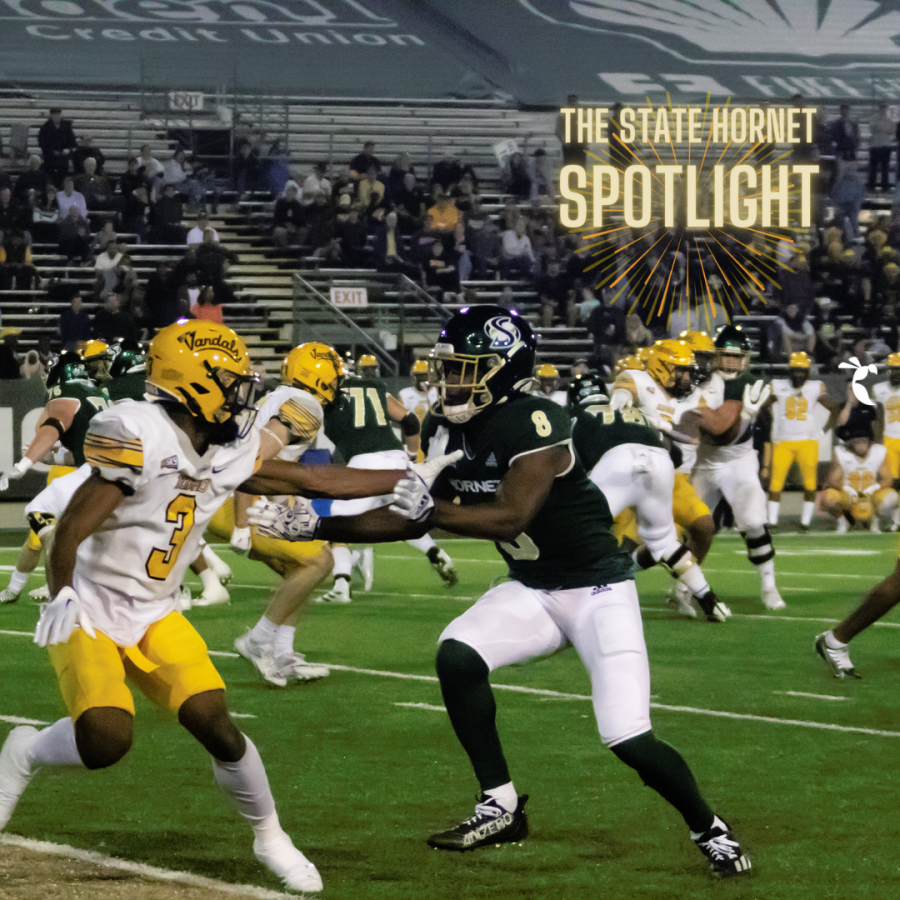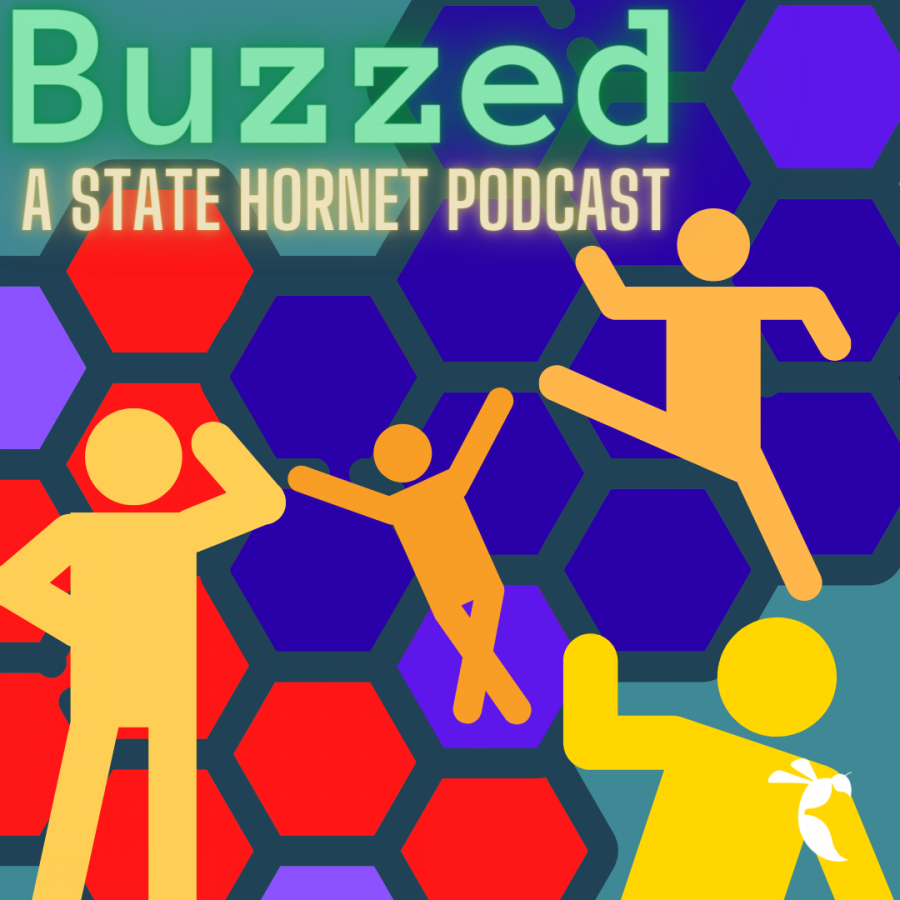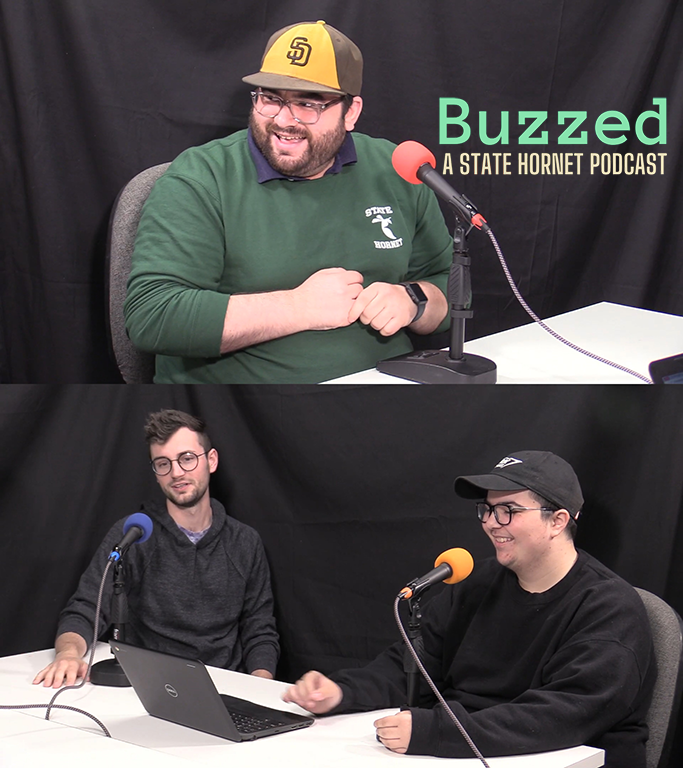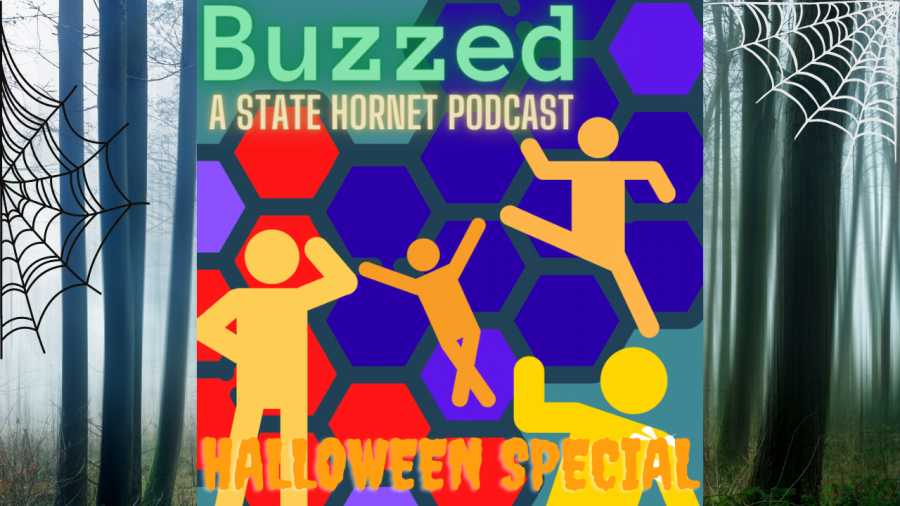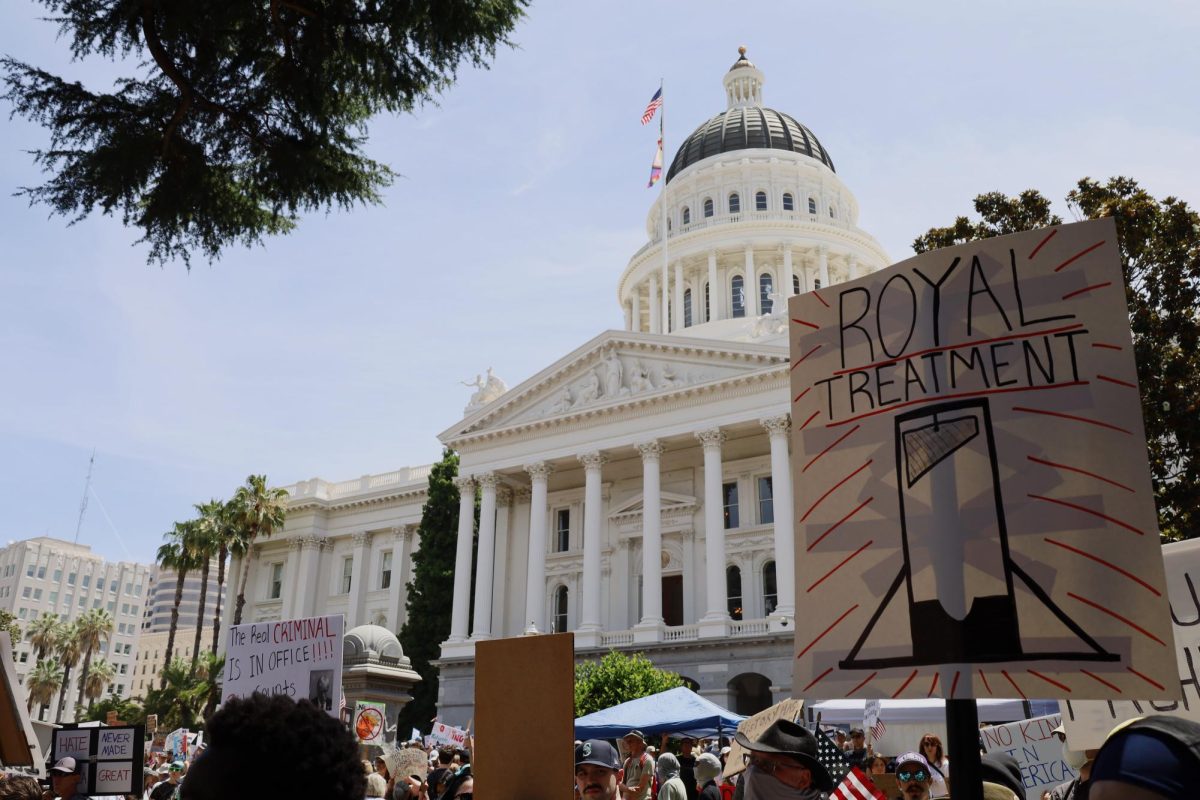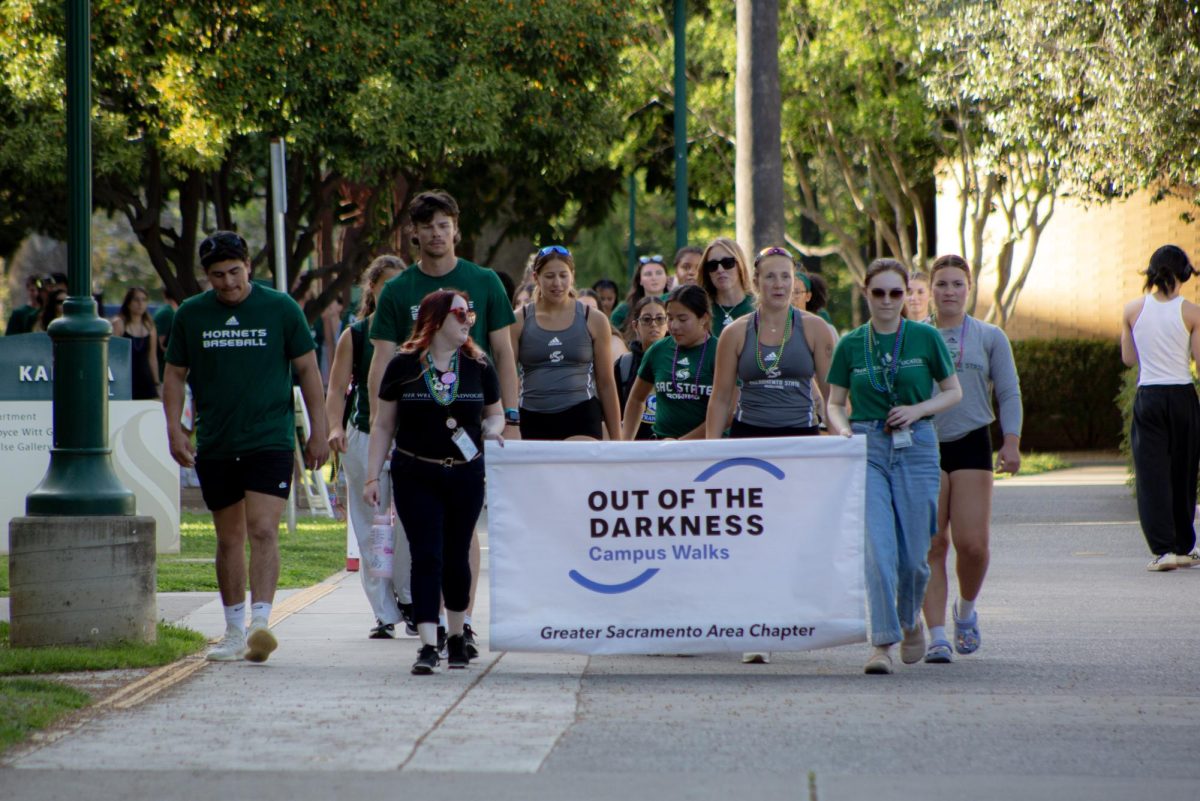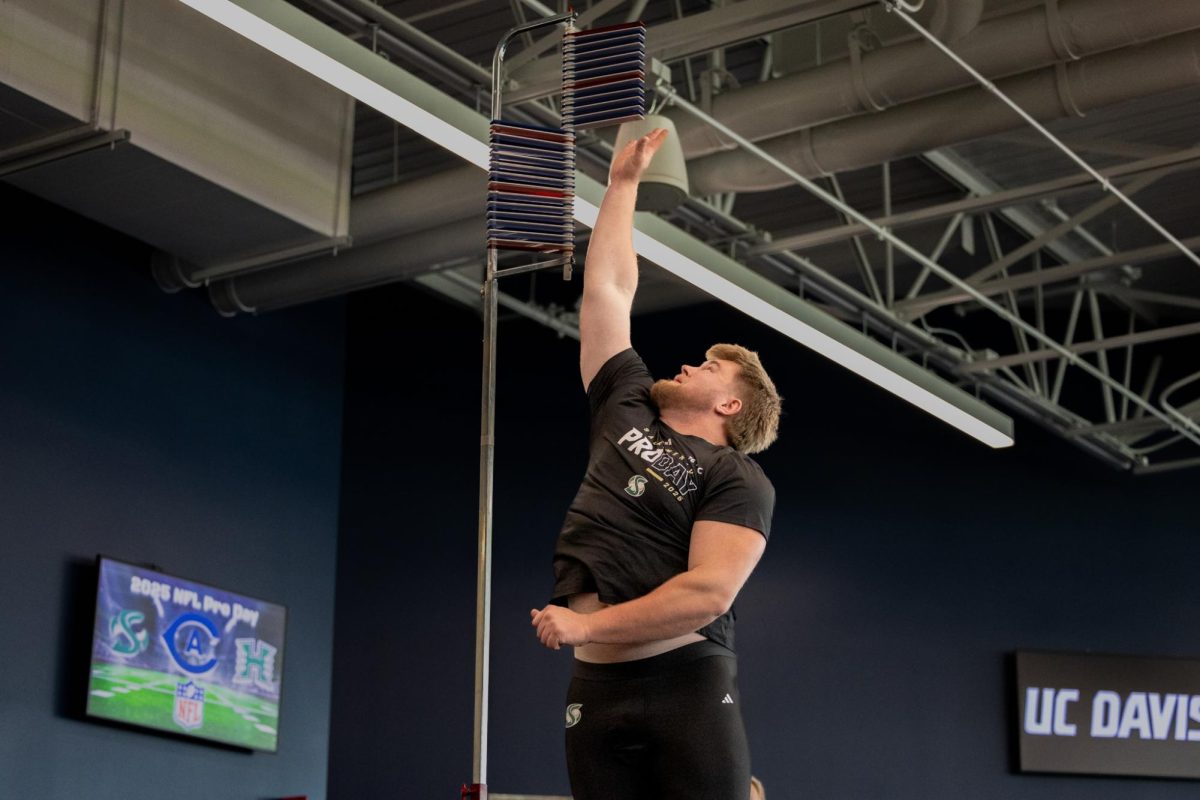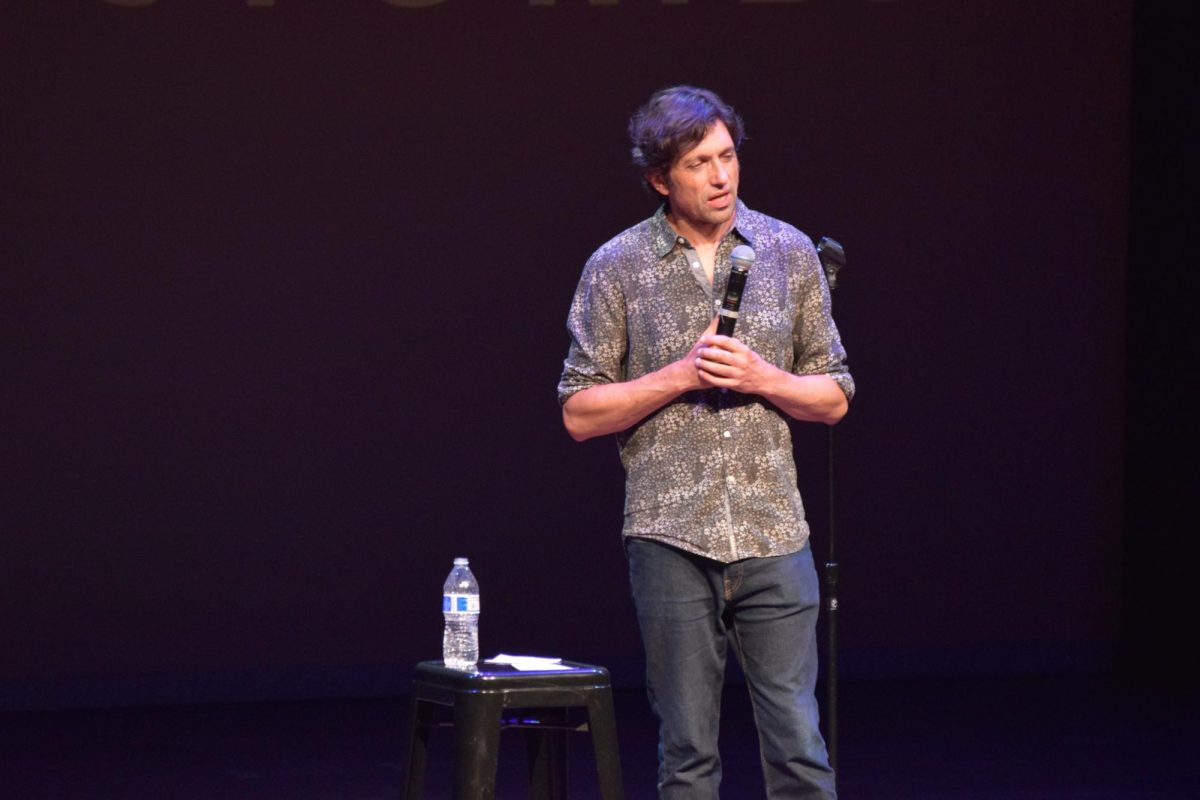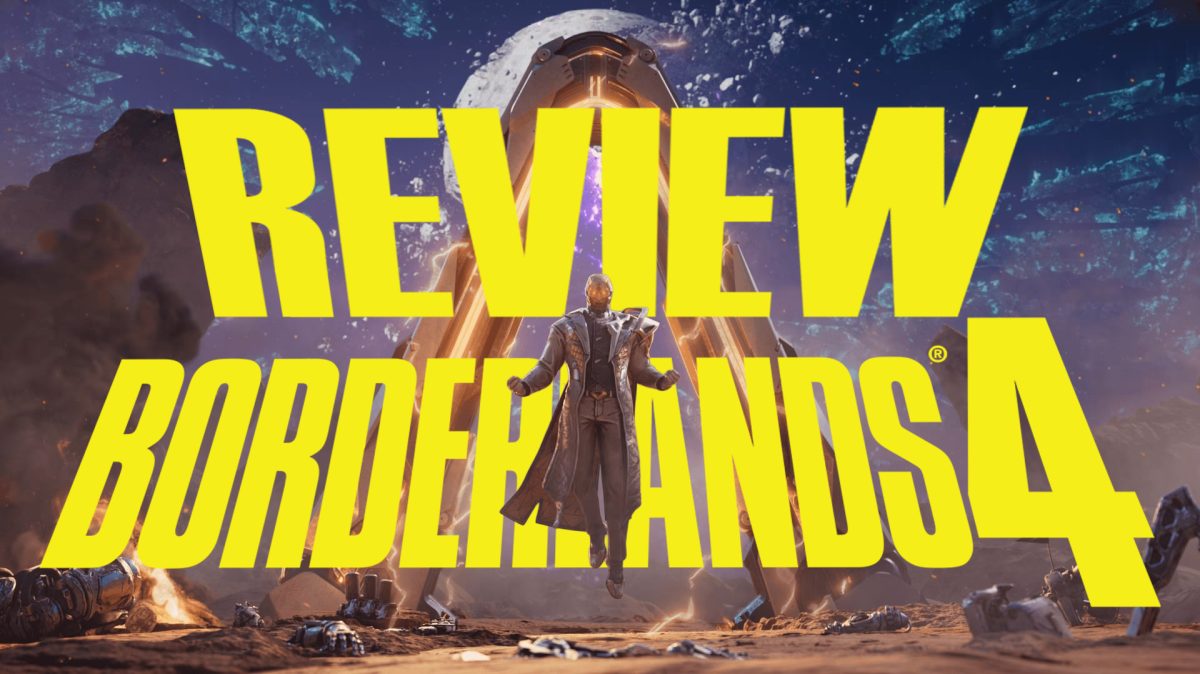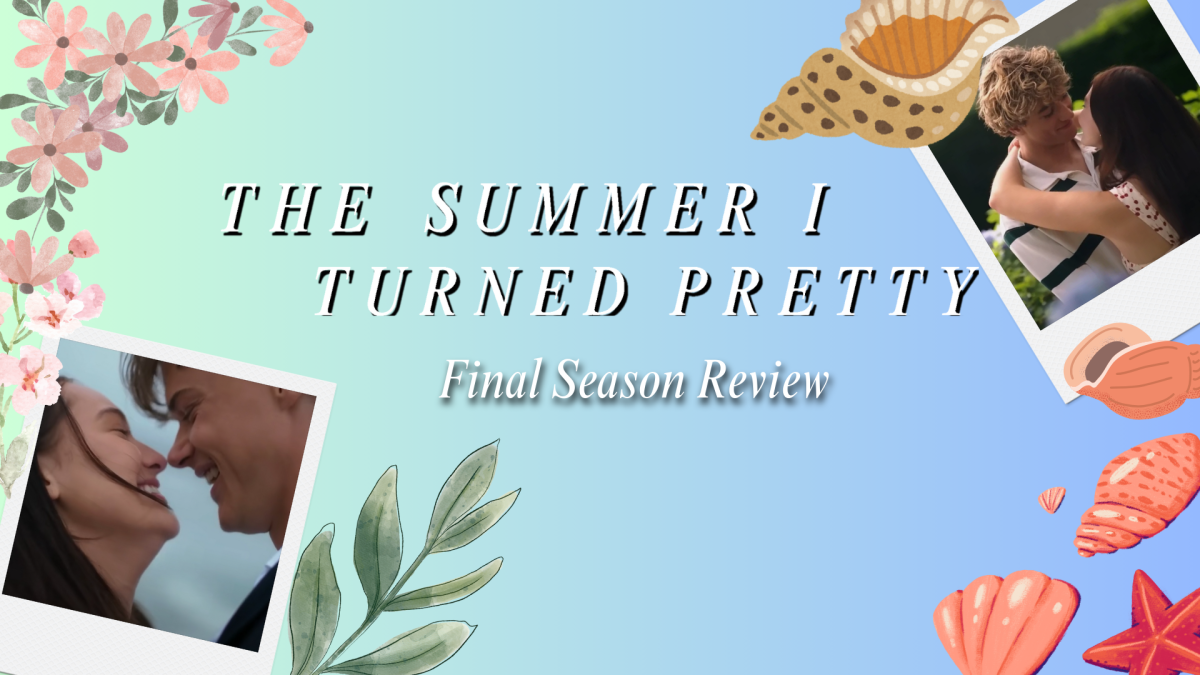The Sacramento History Museum hosted “The West End Blues: A Sacramento Jazzstory” on Sept. 11. The multimedia experience was presented in collaboration with Harley White Jr. Orchestra to spotlight the city’s rich history, steeped in blues and jazz culture.
The performance featured music from Harley White Jr. Orchestra’s album, “Cupcake,” while the visuals carried the storytelling through the chronological evolution of blues and jazz culture in Sacramento’s West End. The photos and commentary were provided by William Burg, a local historian who combed through local vintage archives to compose the presentation.
The show is the third in a four-part series in which music and imagery are added to develop the story further at each performance. Guests were free to mingle and enjoy drinks and appetizers until the show began as the sun set in unison.
Harley White Jr. Orchestra featured Harley White on bass alongside Isaac Negrete, Reagan Branch, Jackson Riley and Evan Wright on sax. Justin Au, Brandon Au, Isaac Davis and Alex Horvaths made up the brass section, while the rhythm section included Jacob Swedlow and Andre Fylling. The ensemble was joined by Roger Smith, the keyboardist of local funk and soul band Tower of Power.
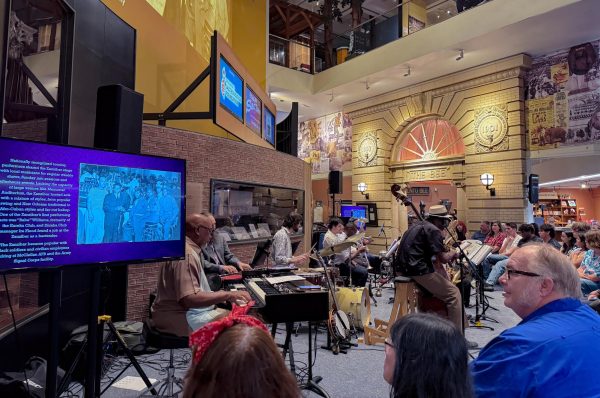
The band kicked off the first half of their set with a powerful overture, titled “Buberism,” setting the tone for a passionate tale of perseverance. The intimate setting of the venue allowed the audience to watch in quiet excitement and absorb the emotion as the musicians elegantly played their instruments. Following several instrumental solos and a stunning vocal performance by Justin Au, the crowd roared in cheer.
In a conversation with William Burg, the local historian explained the process of planning the show with Harley White.
“Harley and I have been doing this West End event for a decade,” Burg said. “This combination of having a slideshow, instead of narration, while the band plays seems like it’s working out well. It’s popular and flows more naturally.”
During the show, Burg provided a description for the history of Sacramento’s West End, formerly located in between the State Capitol and Sacramento River. Burg described how Black, Asian and Latino populations congregated in this area following the Gold Rush and Reconstruction eras. The close proximity resulted in an interdependence between communities and a flourishing counterculture.
However, with every counterculture movement comes resistance. After a brief intermission, the band regrouped for the second half of their set to detail the fall of the West End. Following World War II, the police cracked down on West End venues and the community became fractured.
In the 1950s and ‘60s, post-war redevelopment erased the West End and forced racial minorities to relocate, although many continued to open clubs in neighborhoods like Oak Park. While decades have passed since the pinnacle of the vibrant West End, the cultural impact remains a testament to the resilience and heart of its community.
RELATED: Open the Pigeon Pit: diving into the band’s ‘crazy arms’
In an interview with Harley White, the accomplished musician described his early interest in jazz music and how the “West End Blues” show came about.
“A lot of it had to do with riding around in the car with my dad. He was a jazz musician and educator, so he was always playing jazz and classical music,” White said. “It also goes back to my college days when I was a jazz studies major.”
As he recounted his father’s illustrious career, White’s inspiration became evident. He listed jazz and swing legends Count Basie, Duke Ellington and Louis Armstrong as influences who molded him as a young artist.
While paying tribute to jazz icons, White said he also found it important to uphold Sacramento’s jazz history. The show brought attention to local legends, such as Japanese-American jazz singer Betty Inada and transgender burlesque dancer Tamara Rees.
“Jazz was interesting because I was finding out about Sacramento history. I’m just coming across more interesting characters who played a role in Sacramento’s jazz story,” White said. “All of a sudden, you have these people from all over the world entertaining each other with this new style of media.”
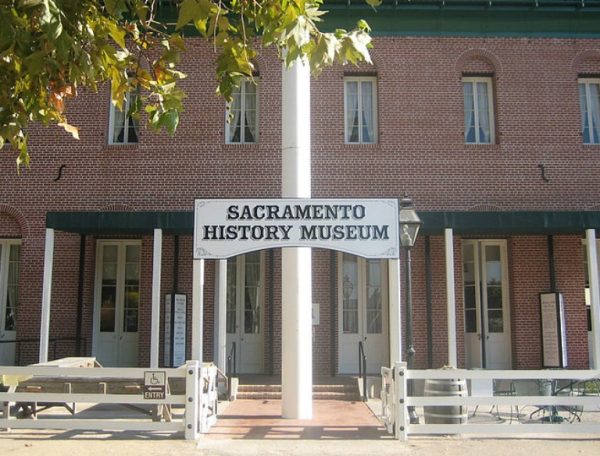
Nearly a century since the prime of Sacramento’s West End, White emphasized the importance of reflecting on the rich culture that prospered in the 20th century. Attendees had an eye-opening experience recognizing the adversities of the city’s ancestors through the art of music and visuals.
“In 1929, Louis Armstrong, one of the most important artists in all of jazz, sang ‘[What Did I Do to Be So] Black and Blue,’” White said. “In blues, you consider the hardships that it took to get here. They think blues is just a guy with a hat and guitar, but really, blues asks, ‘Why are we here?’”
The strength of this movement created an opportunity for racial and gender minorities to feel empowered in a post-Reconstruction America. In a similarly turbulent current political climate, it is crucial to reflect on our past and use that knowledge to inform our future.
Delta Pick Mello, the executive director of the Sacramento History Museum, expressed her hopes for what people would take away from the show.
“It was not just a concert but a celebration of a time and place when people of all different nationalities and ethnicities could come together,” Mello said. “Everybody is interested in history– they don’t always know, but they are.”
Mello then proceeded to shed light on the power of art and musicianship and how it can influence the audience’s understanding.
“If you can spark an interest, doing it through music is an extraordinary way to appreciate and be interested in a particular aspect of Sacramento’s history with a musical narrative,” Mello said. “That’s why I love what Harley does; his music is original, evocative and based on stories he uncovered.”
“The West End Blues: A Sacramento Jazzstory” will continue in its next installment on Dec. 11.


